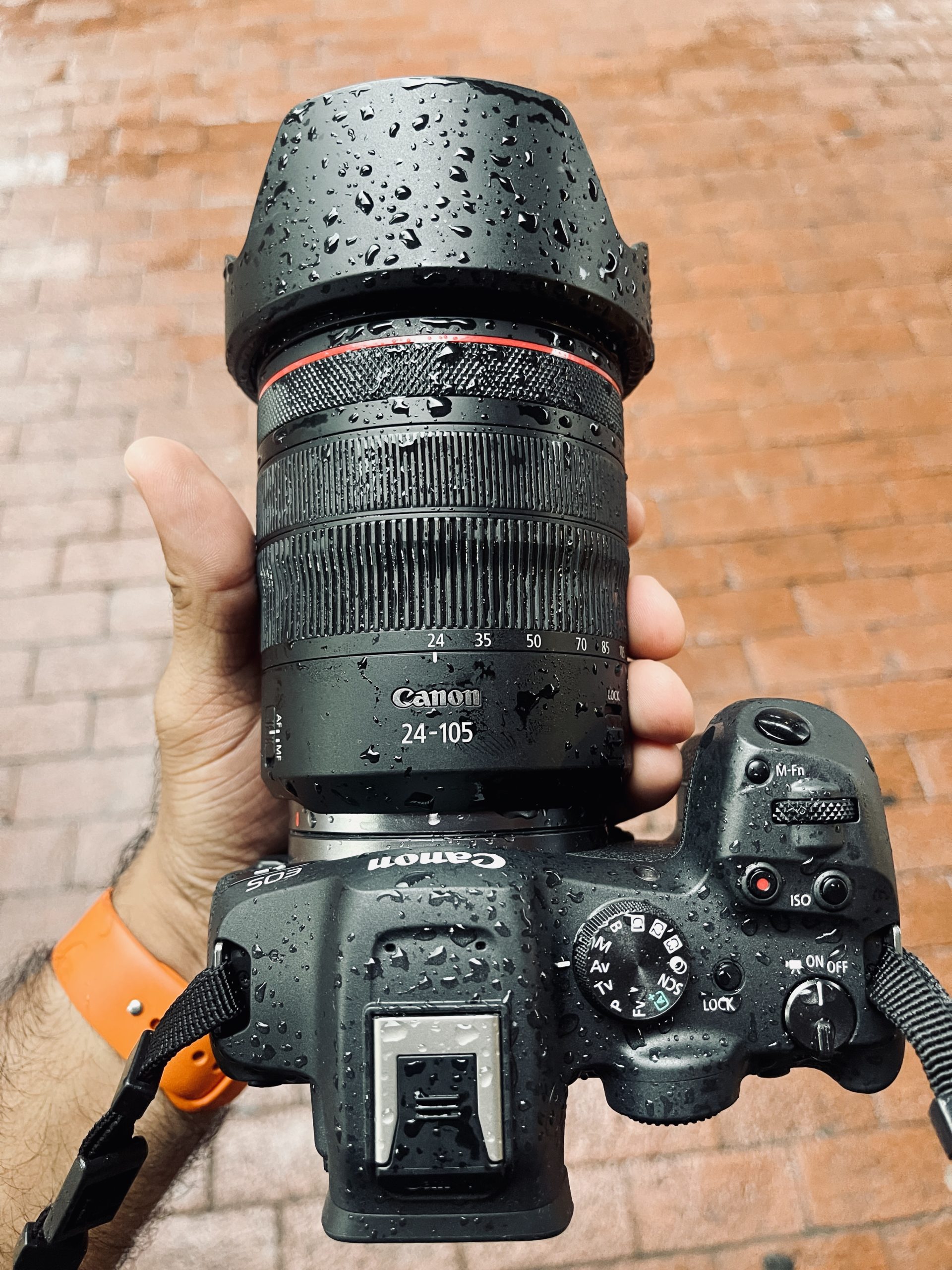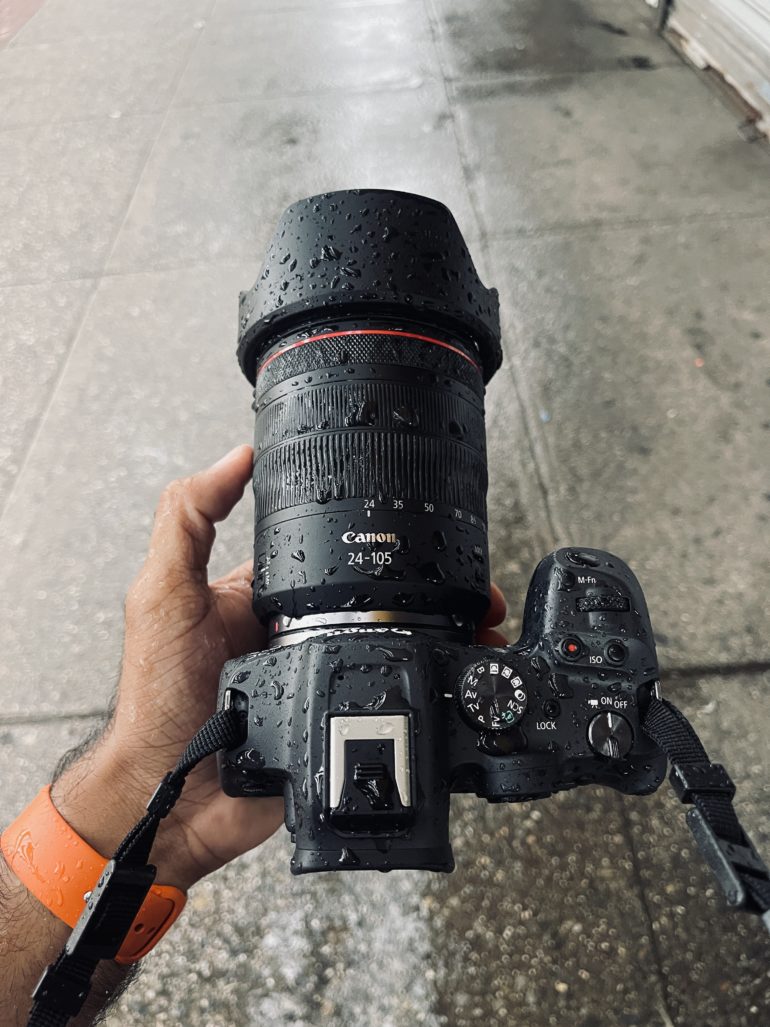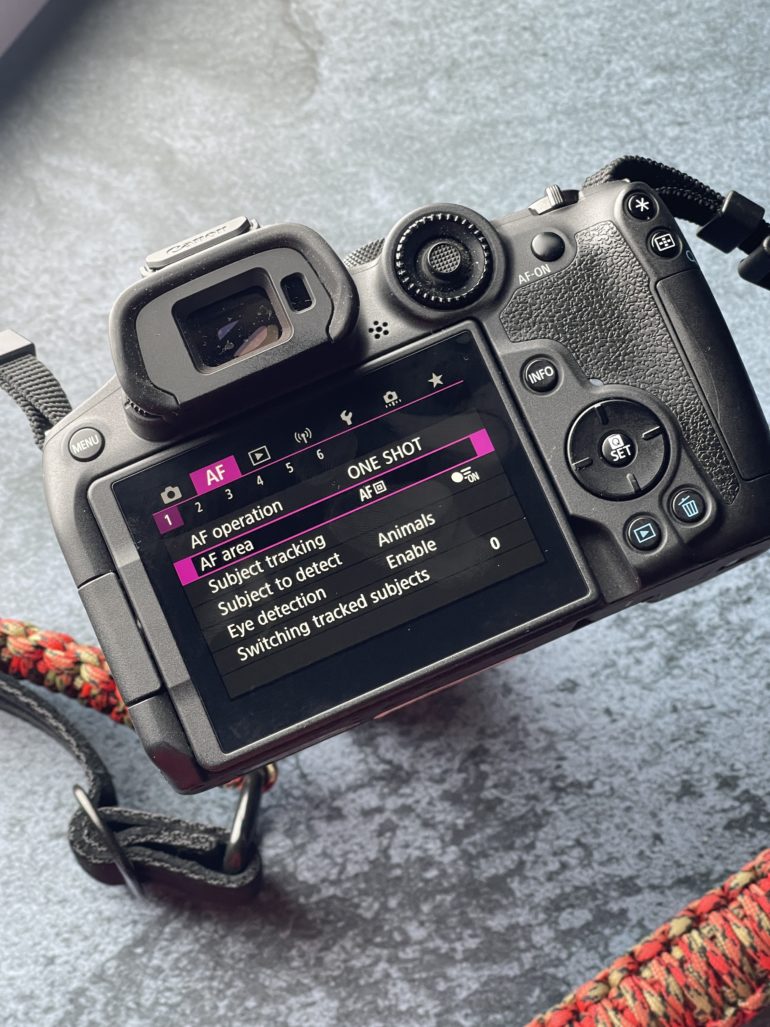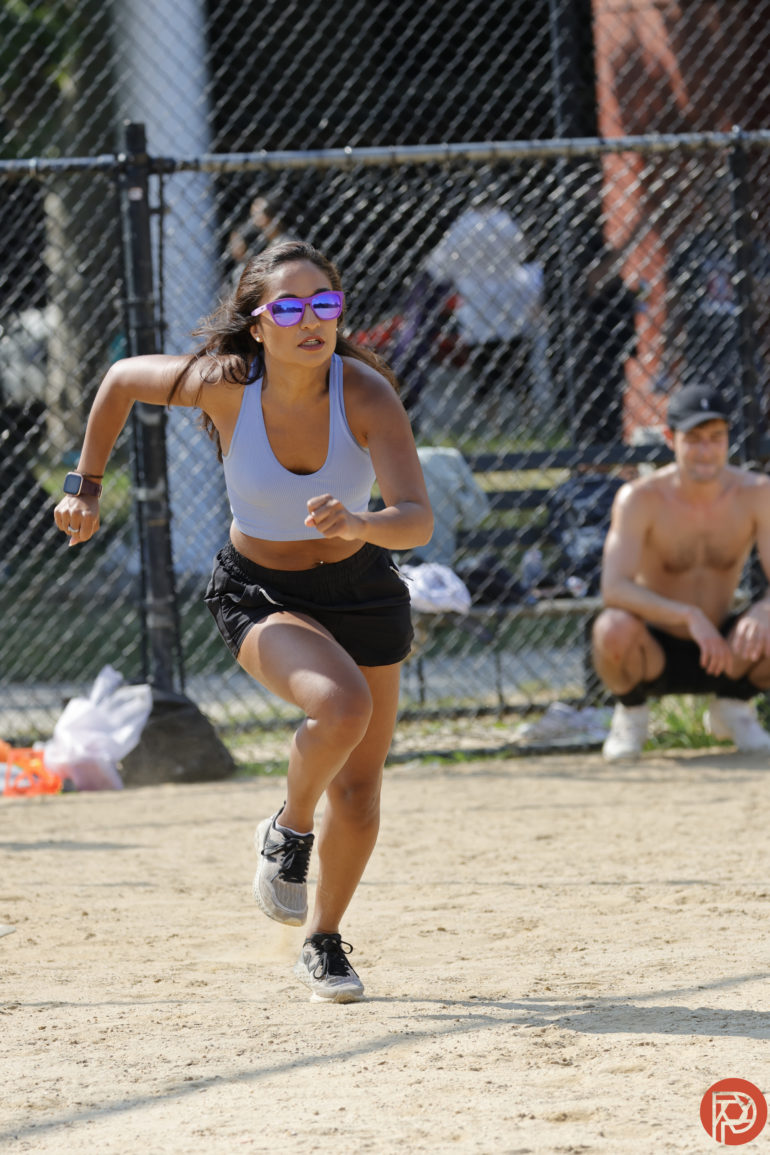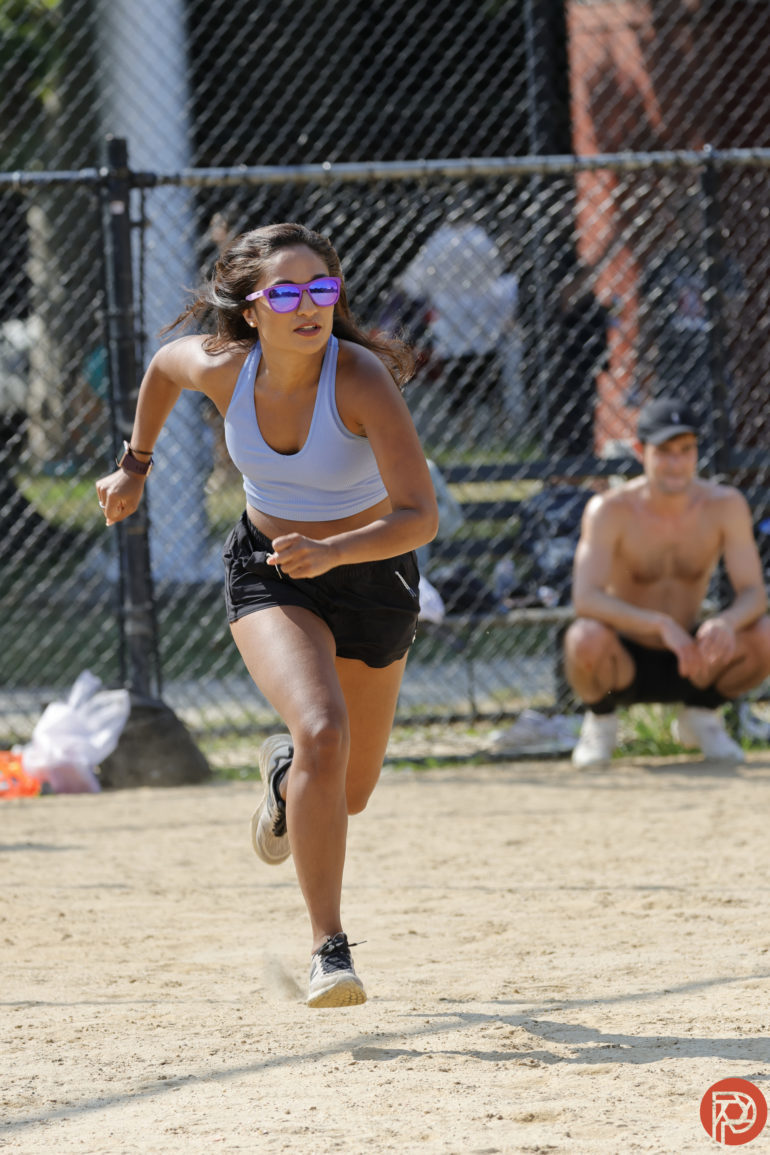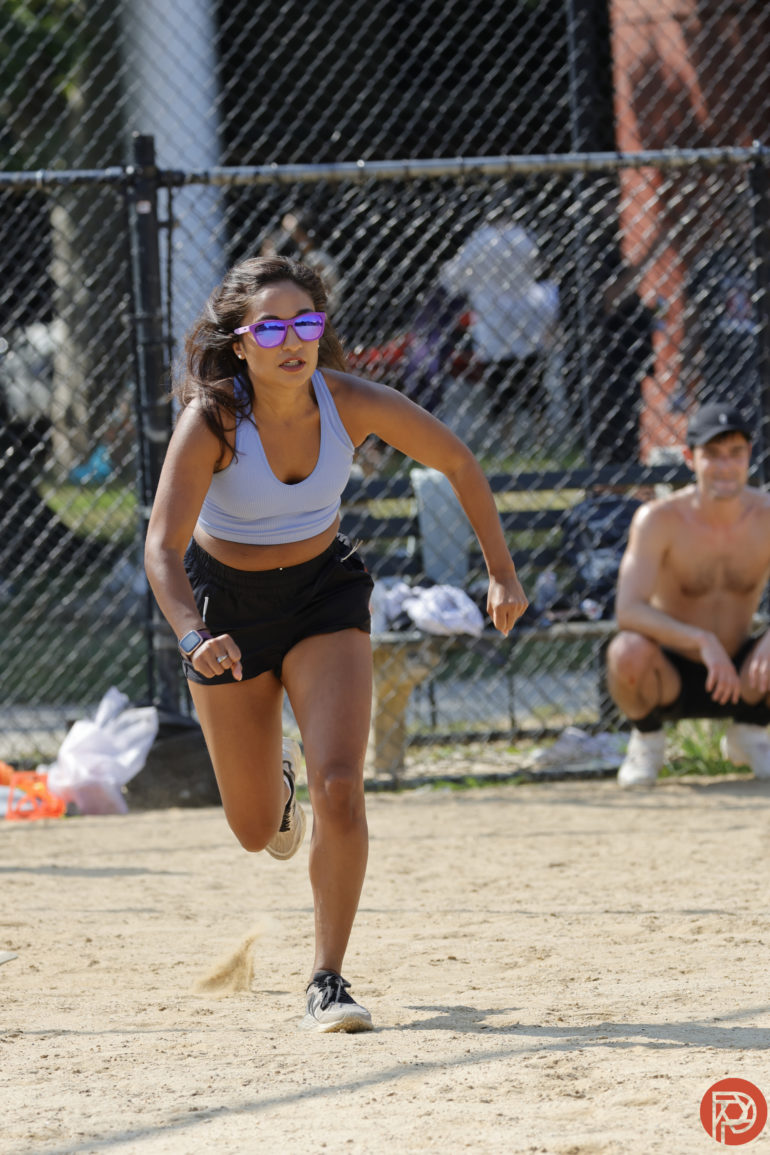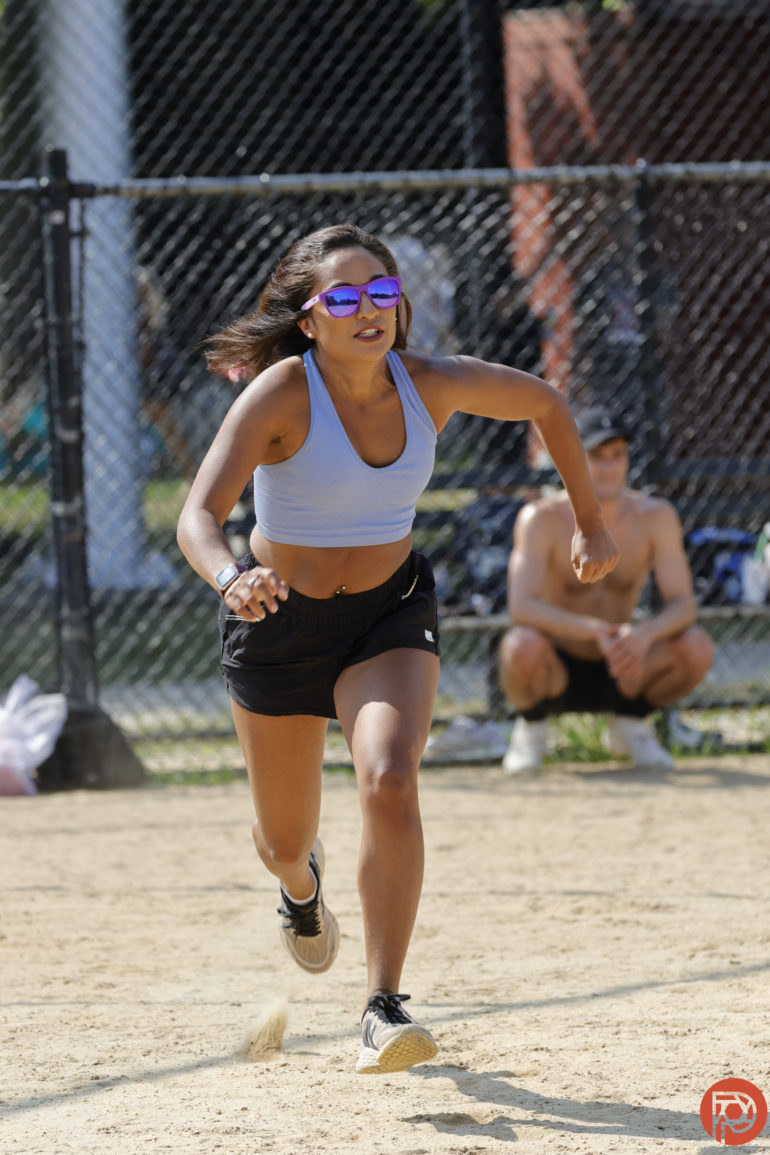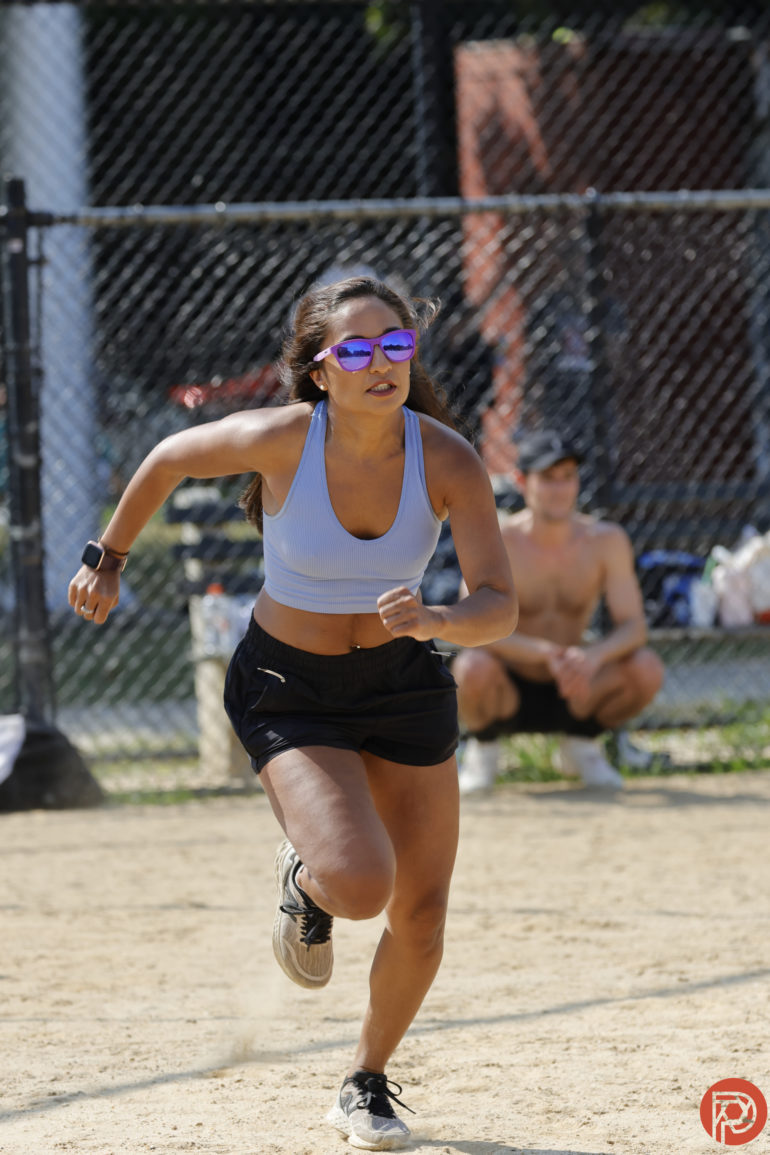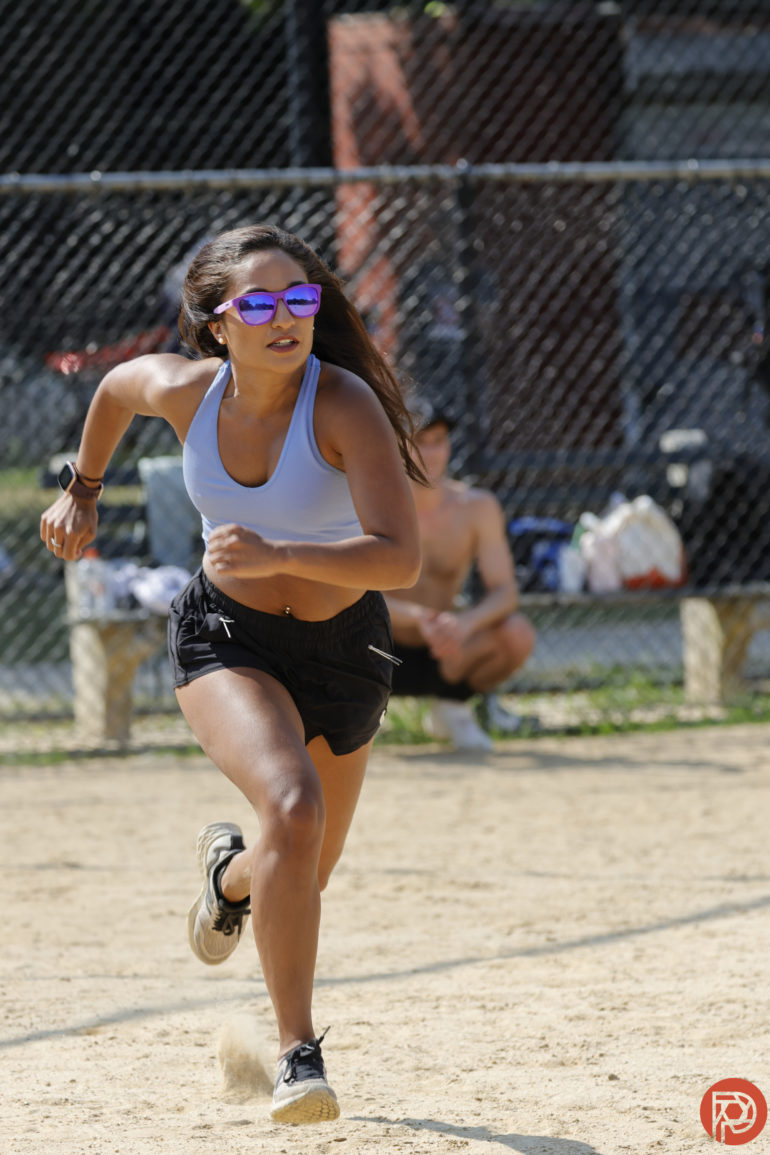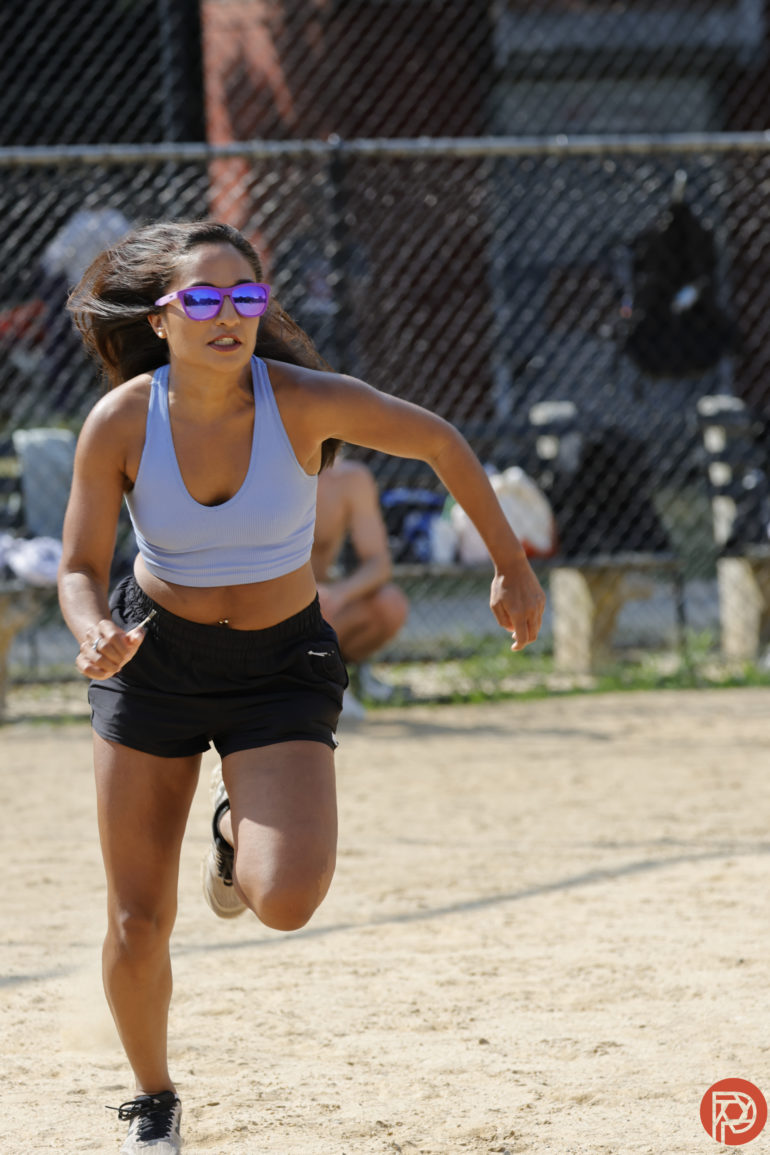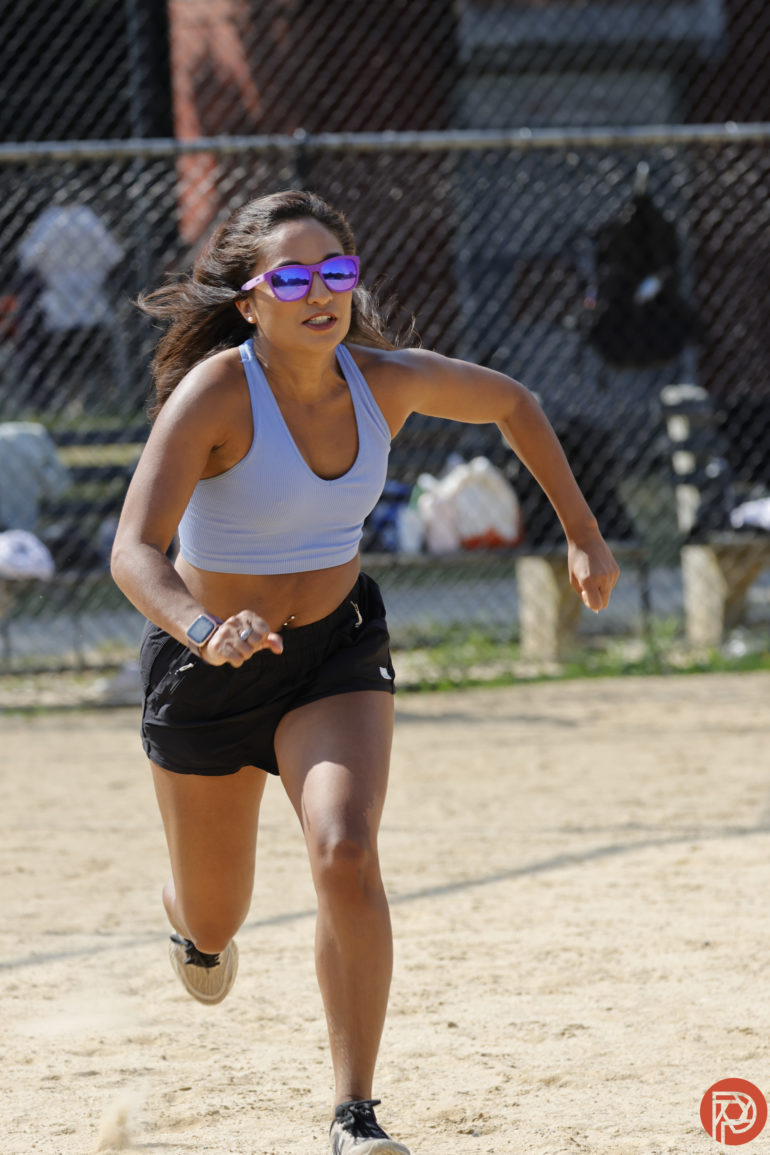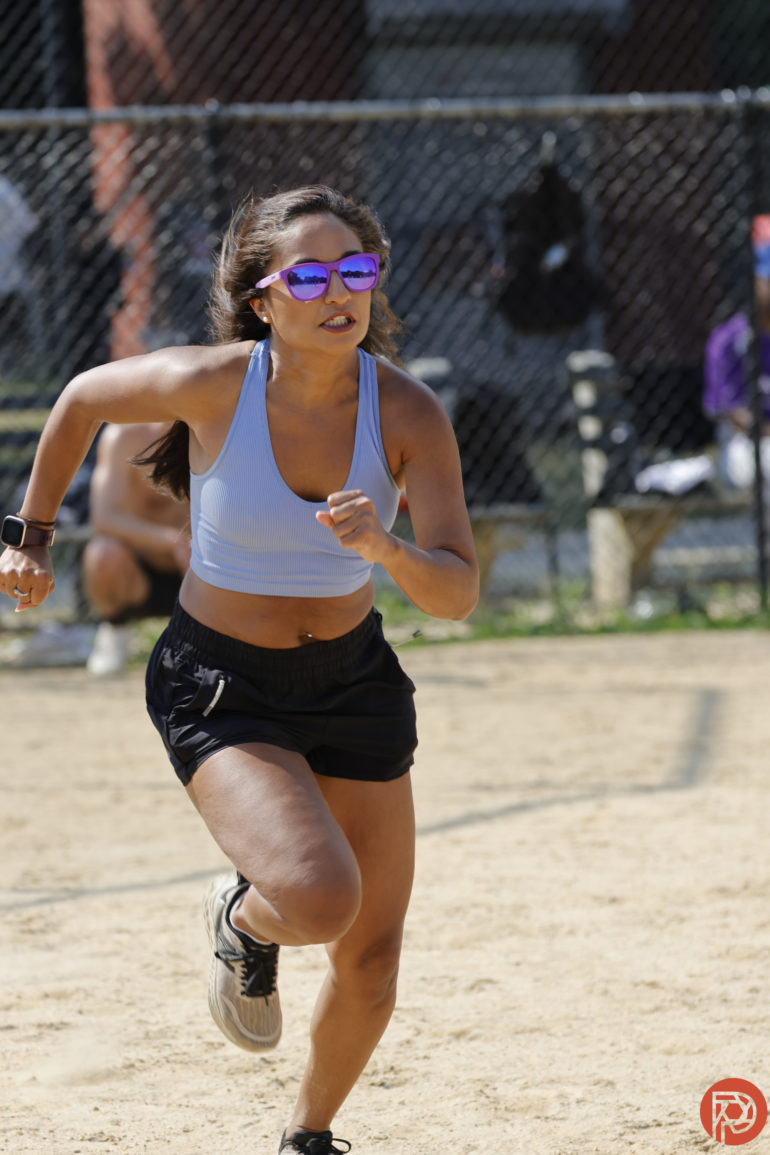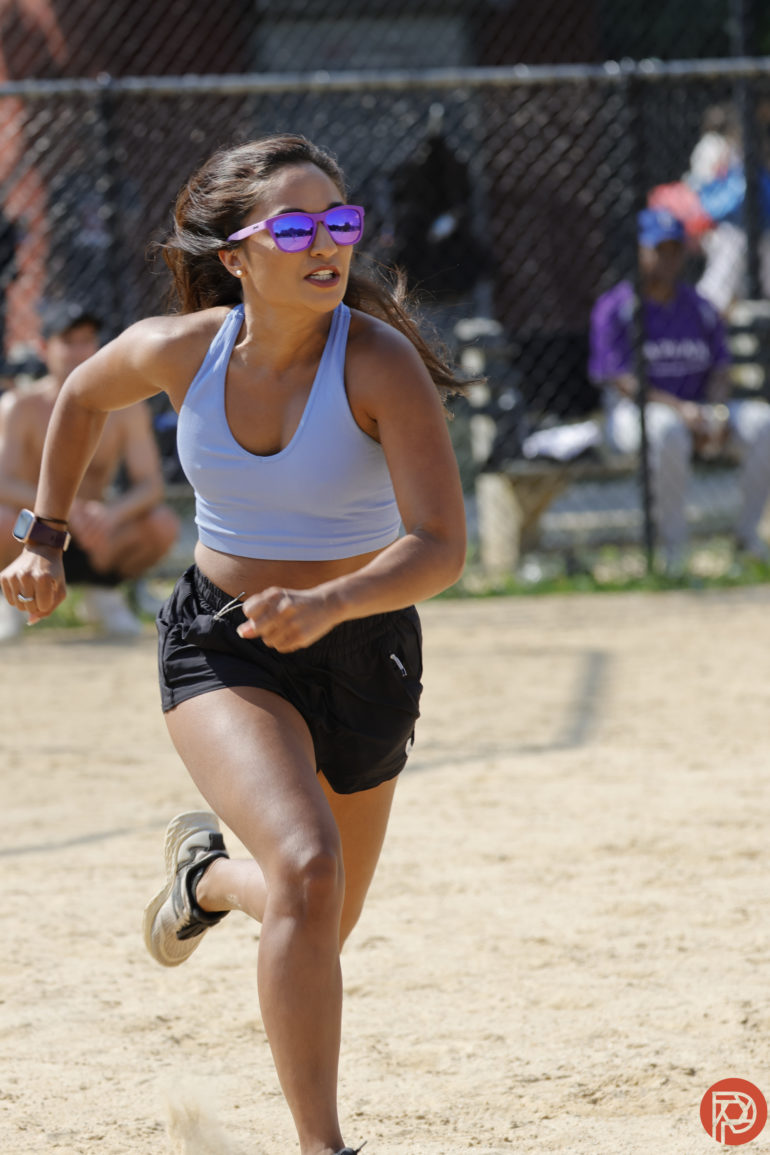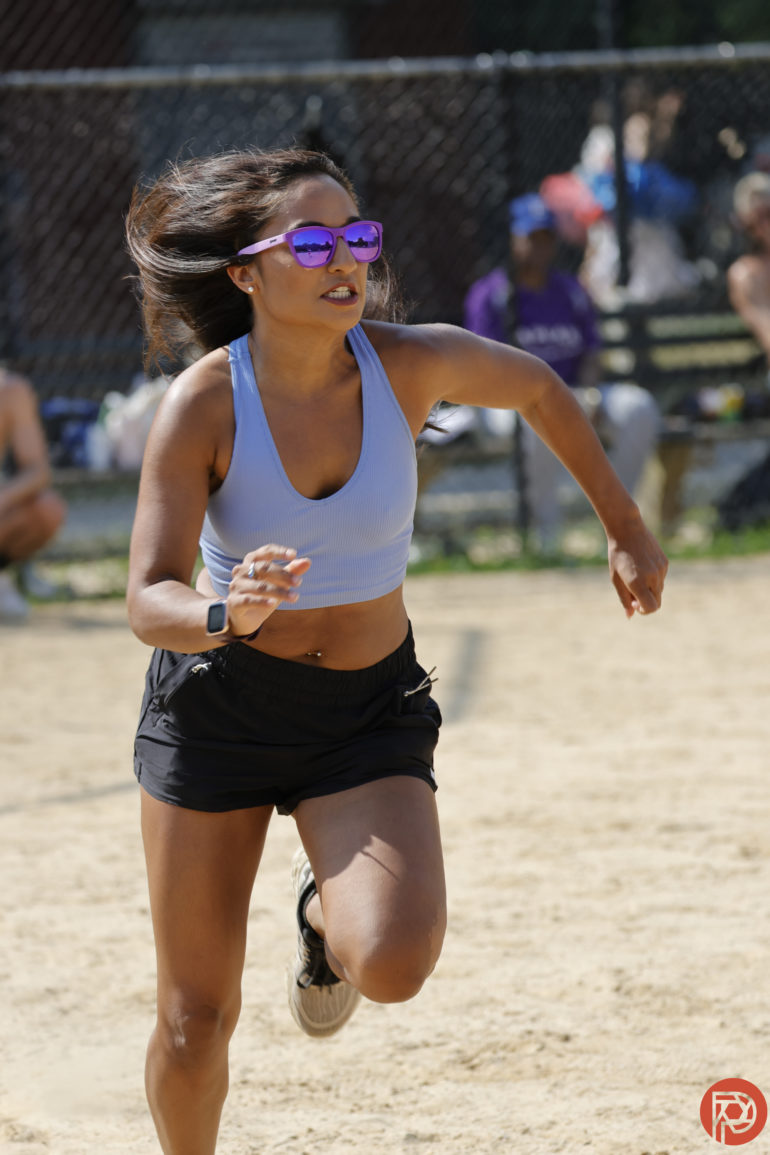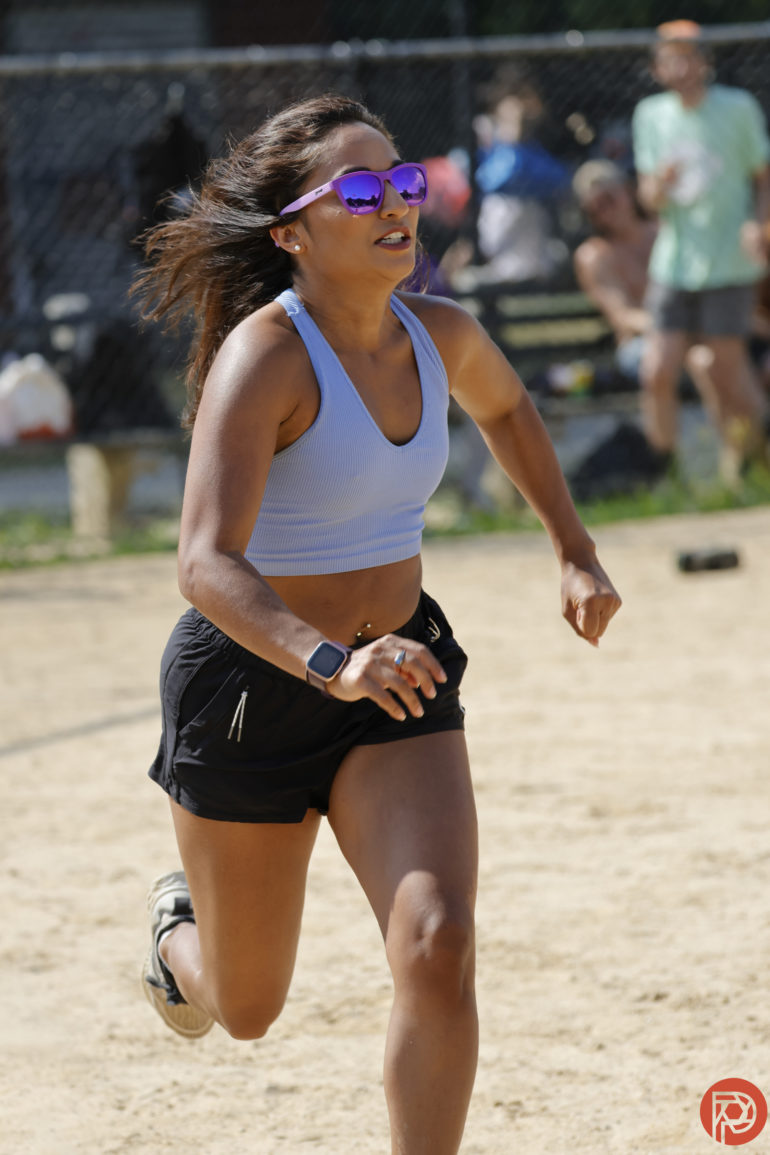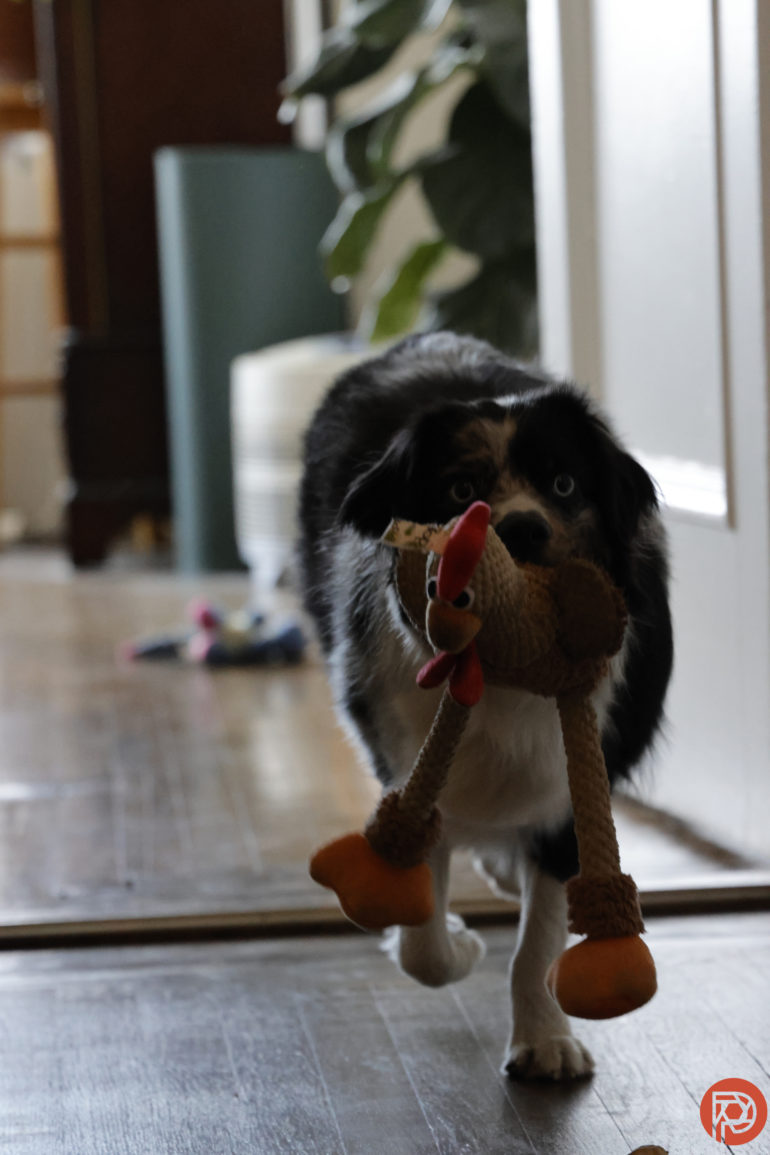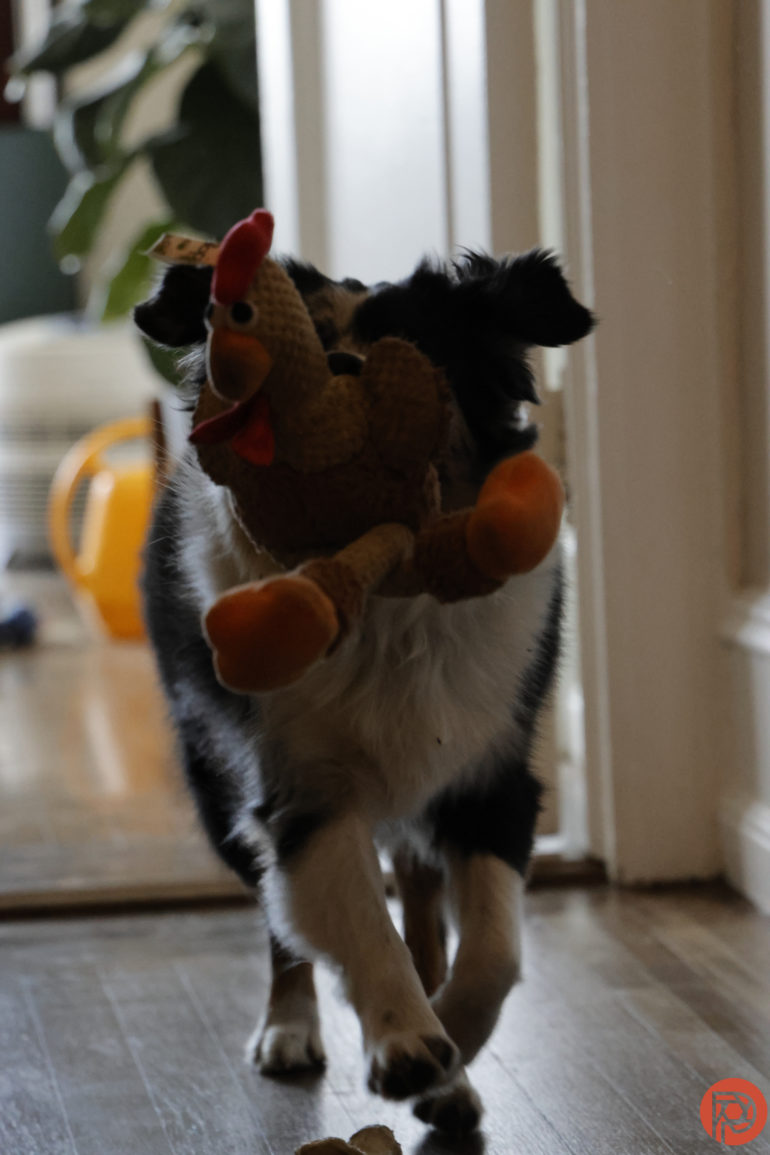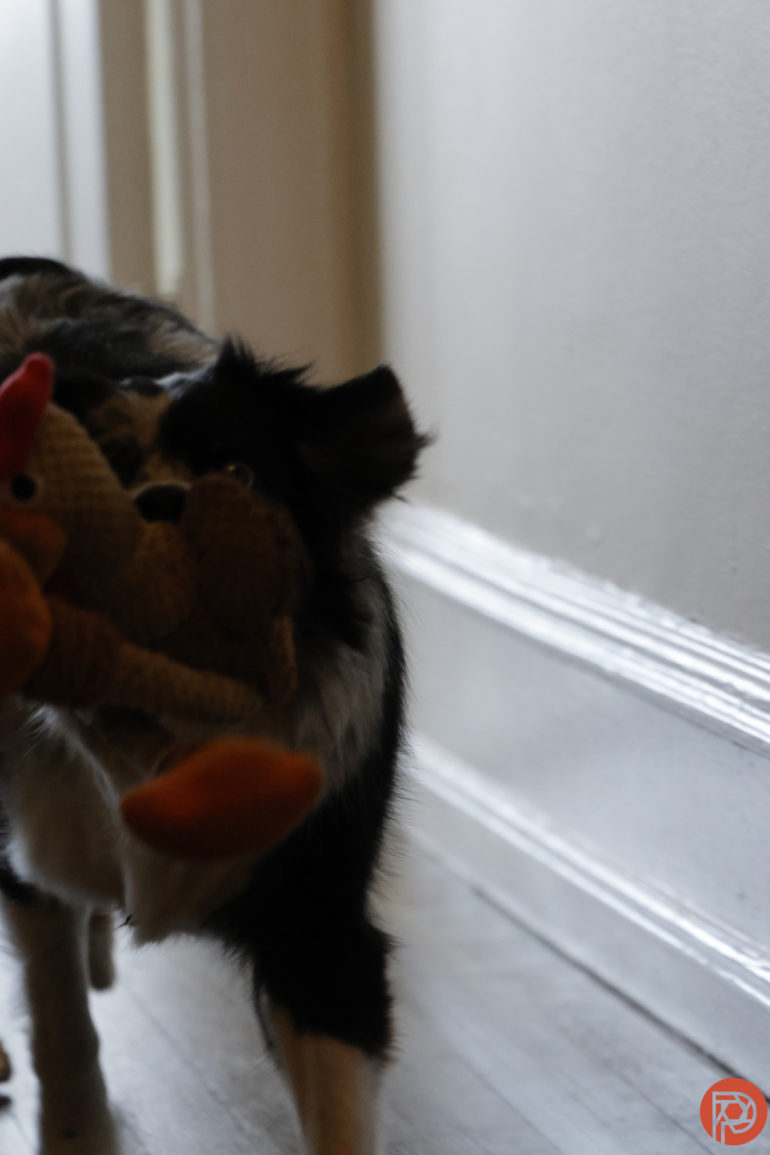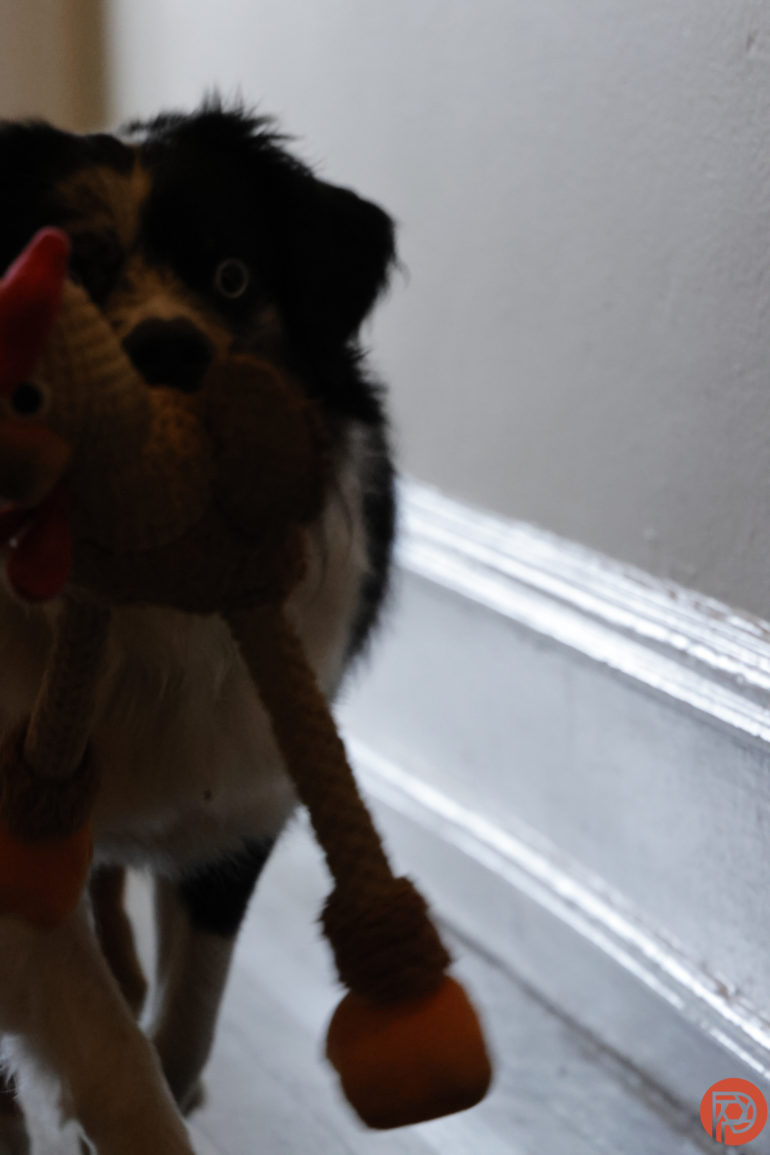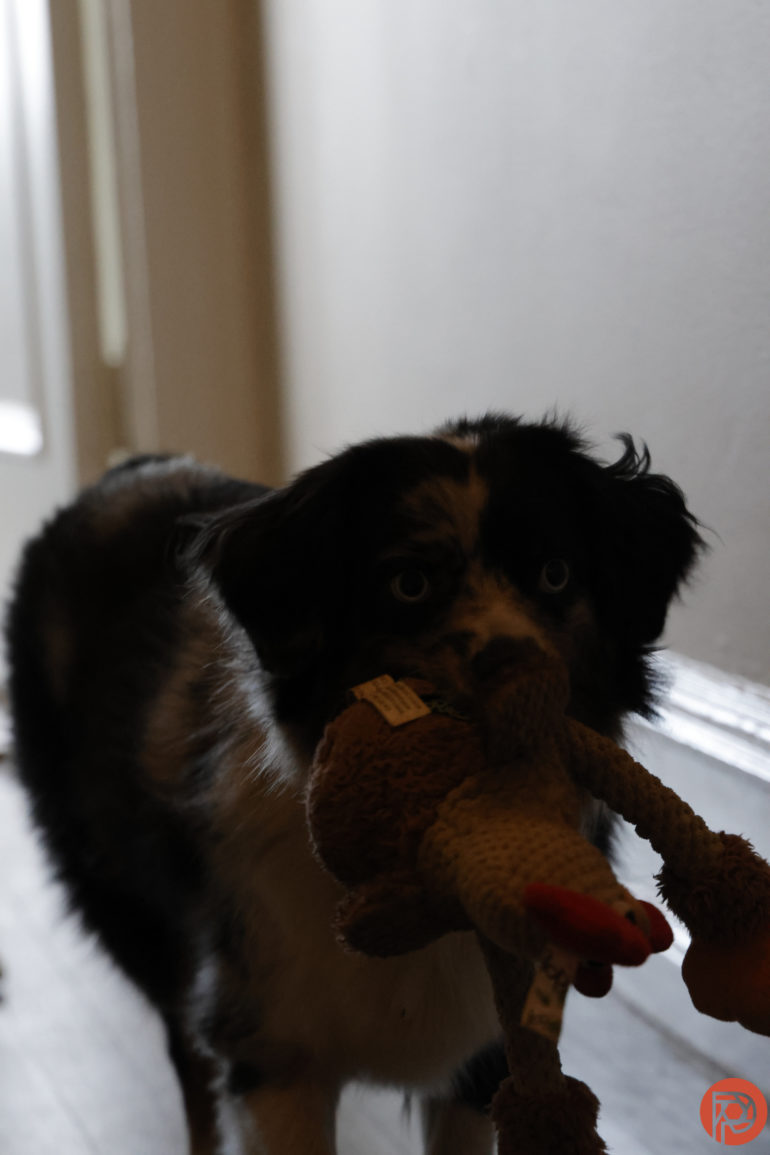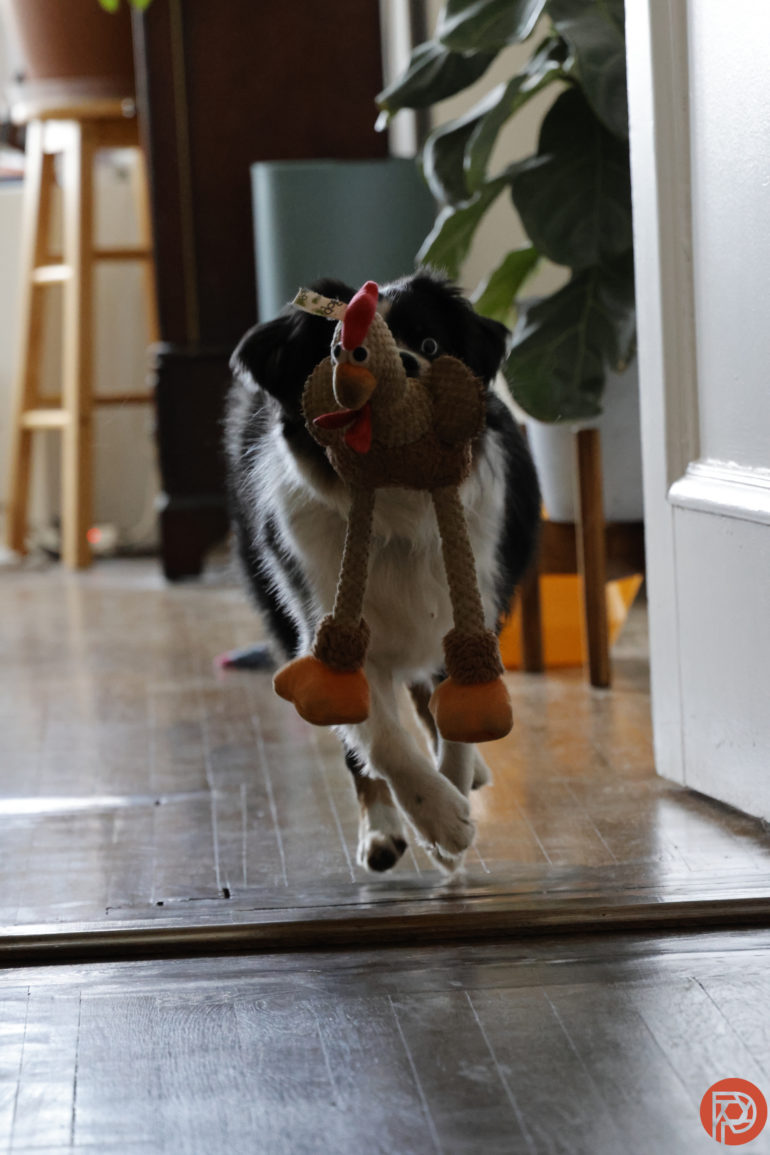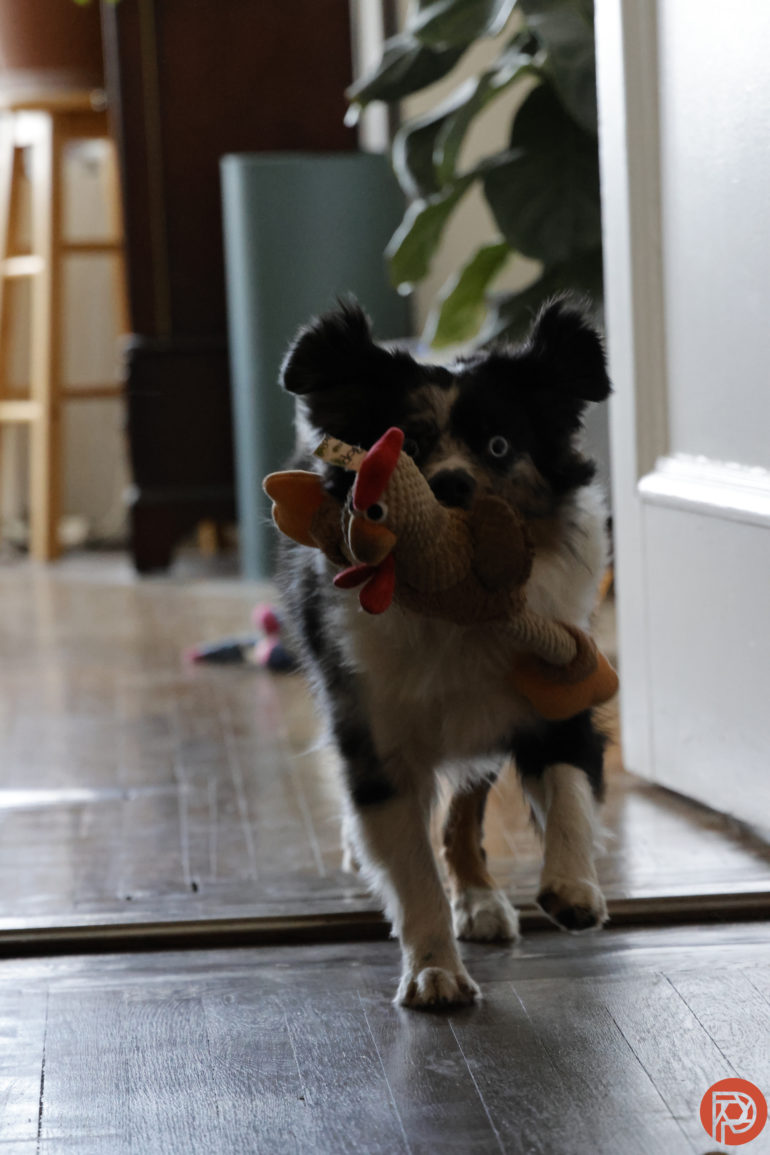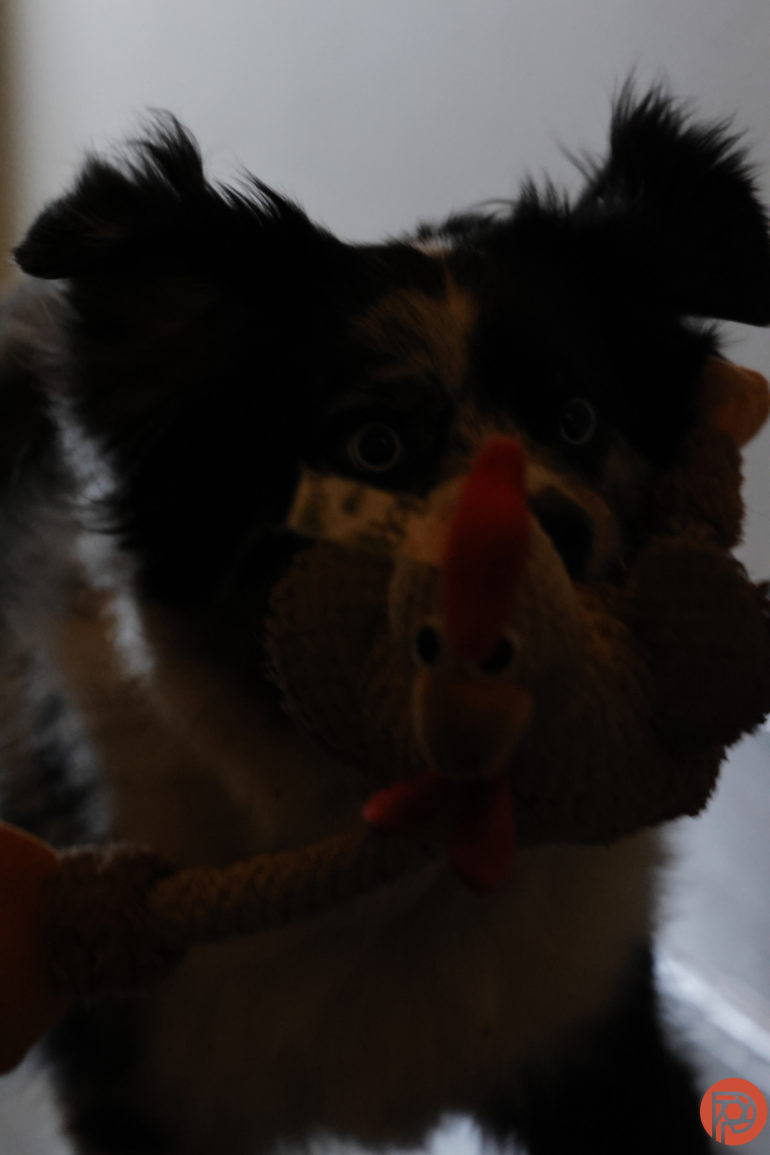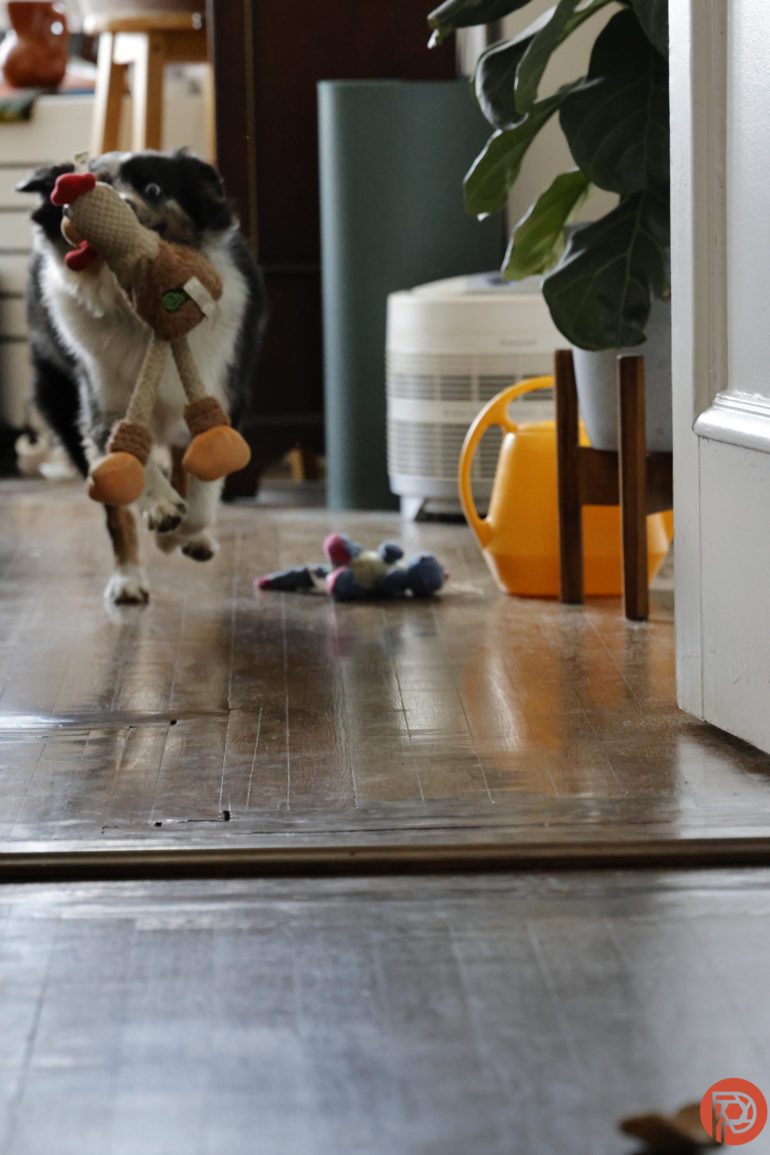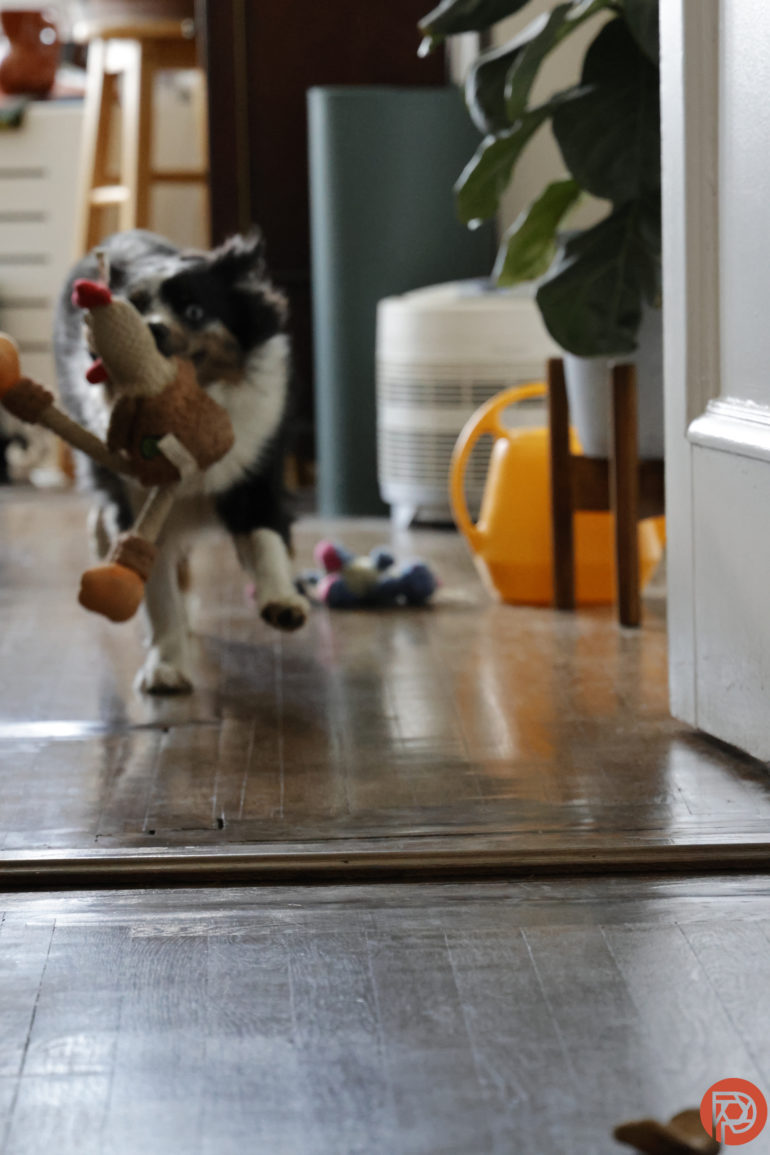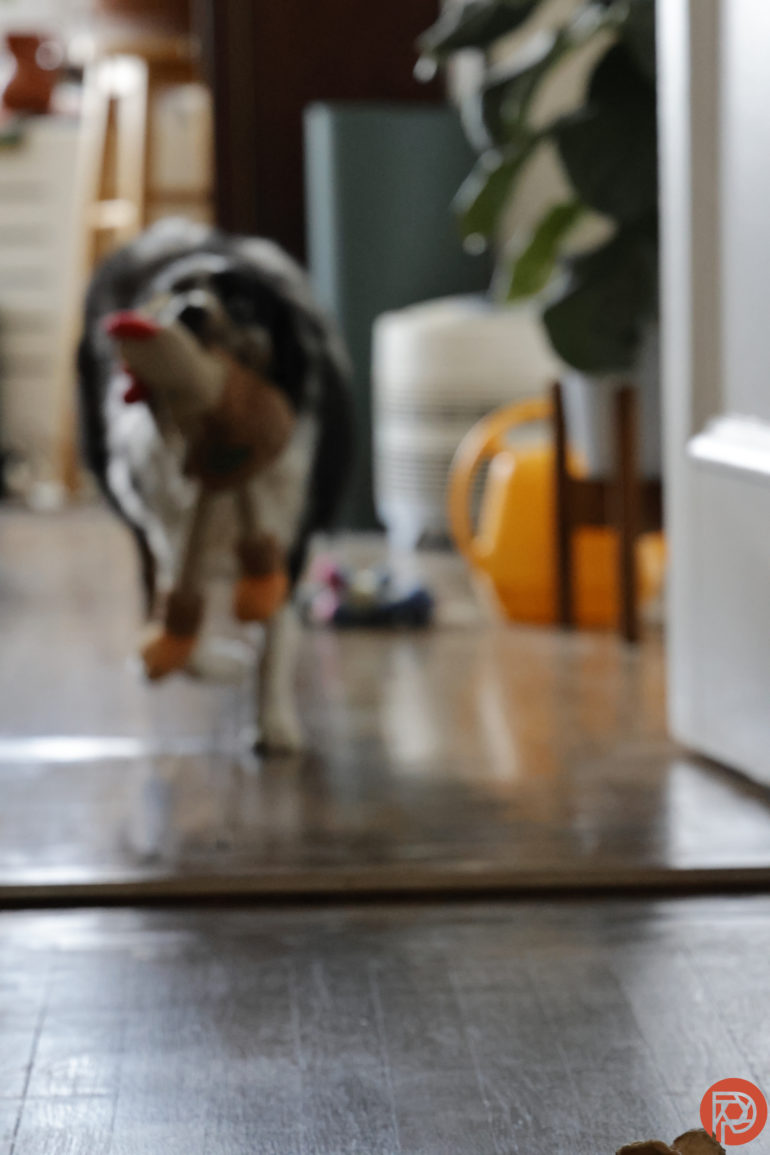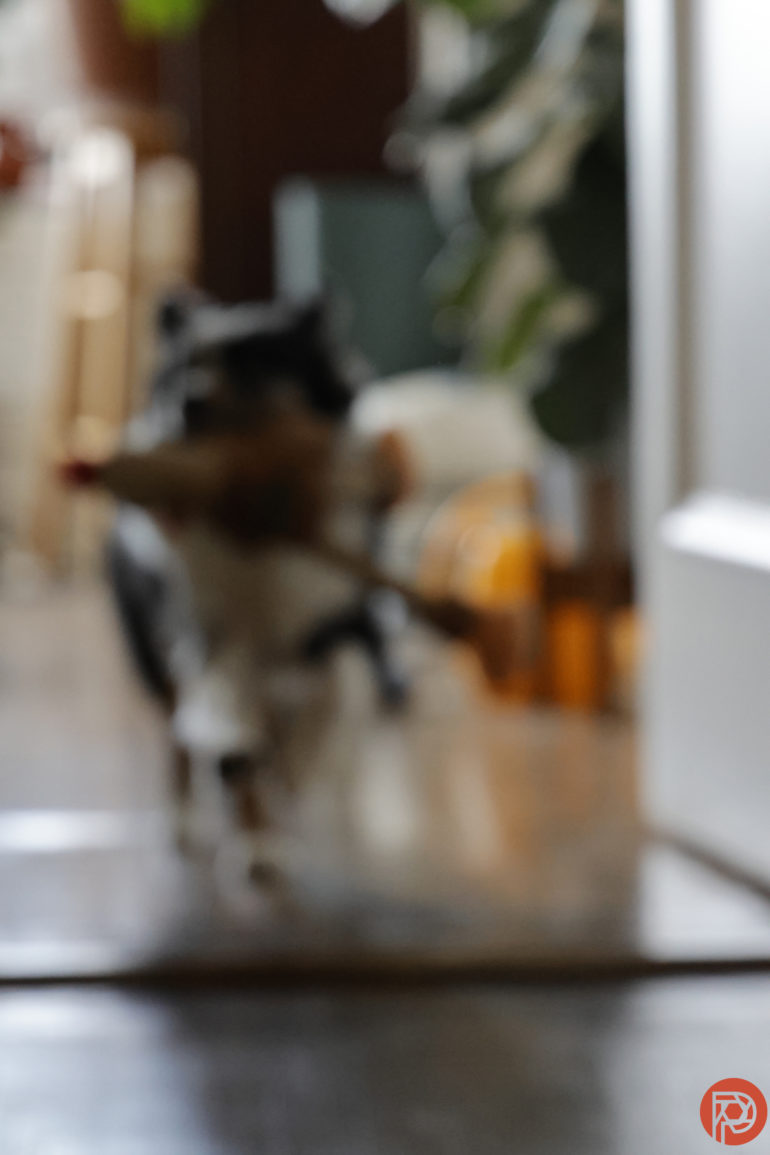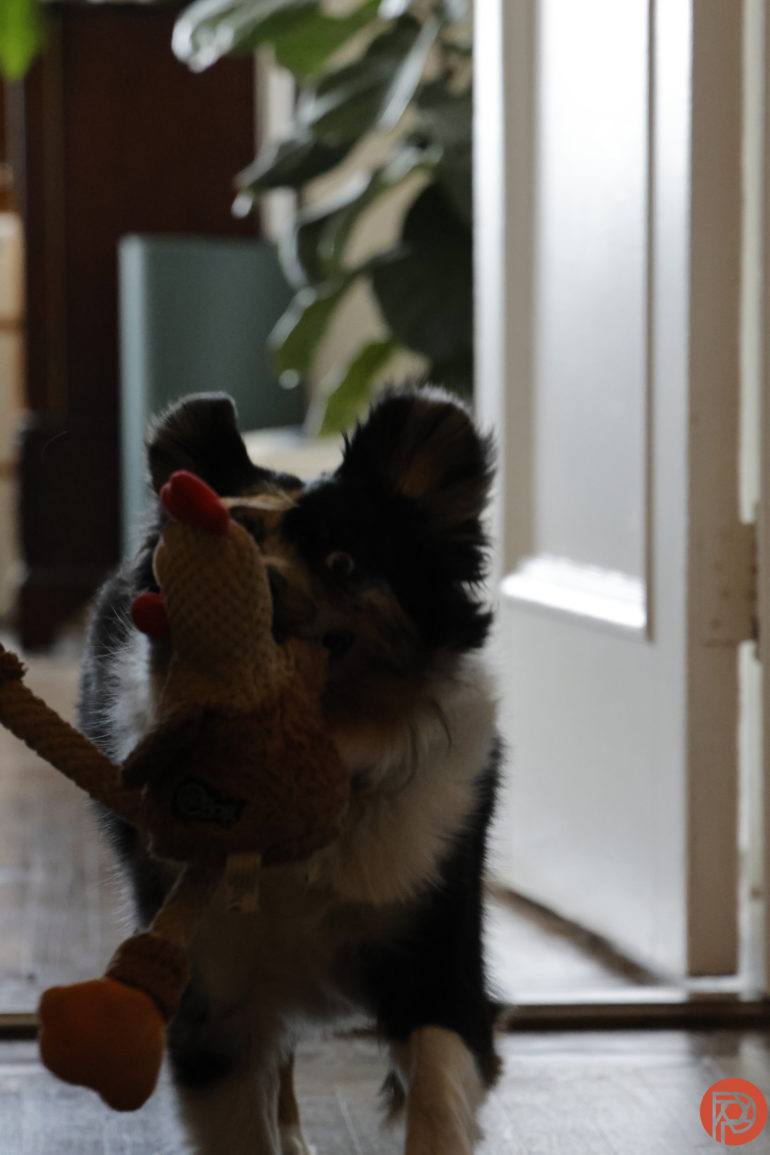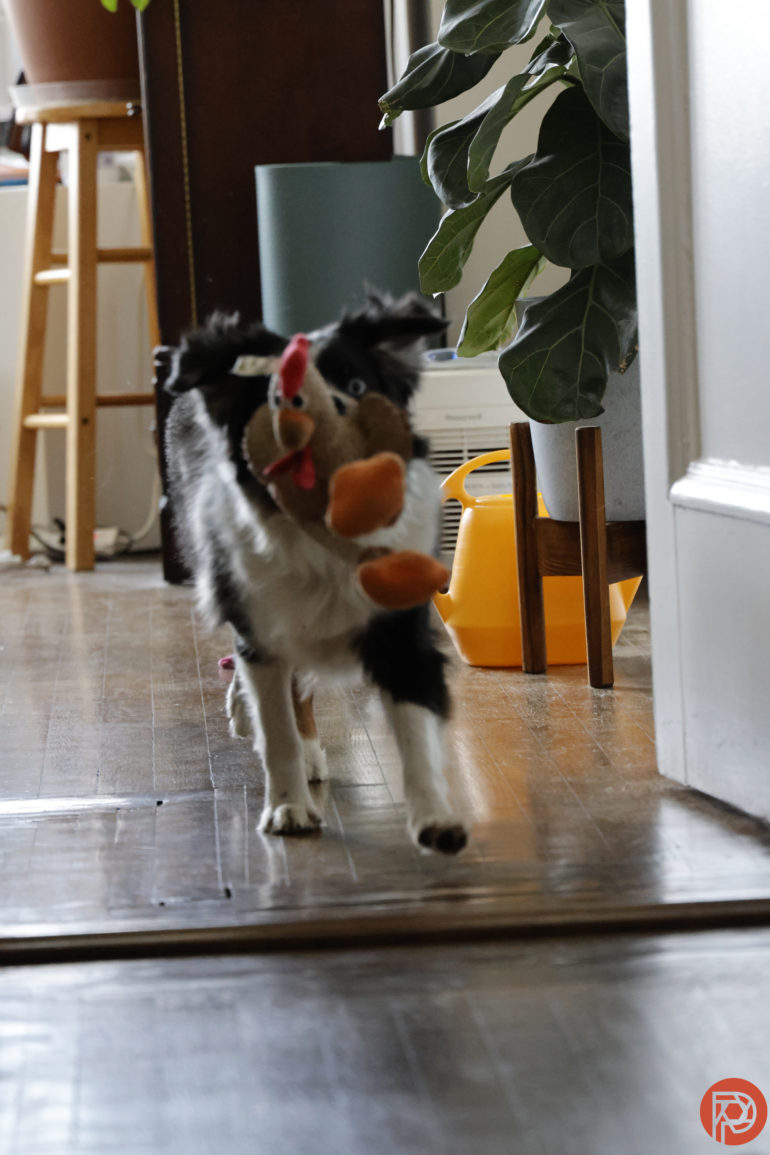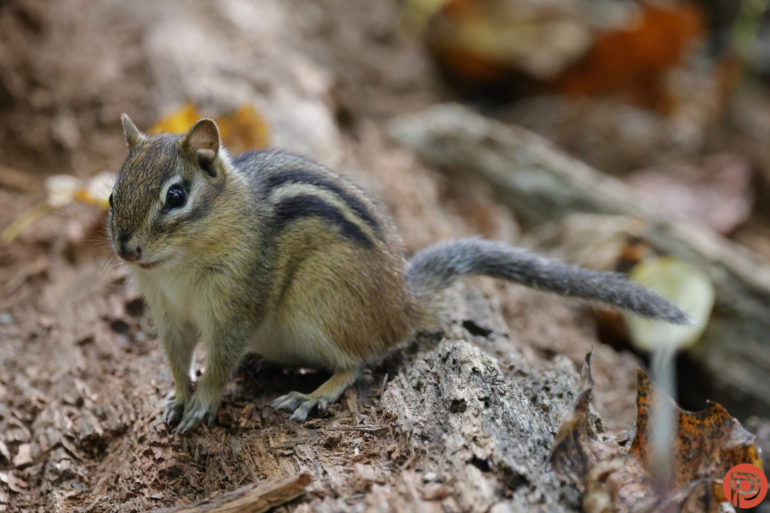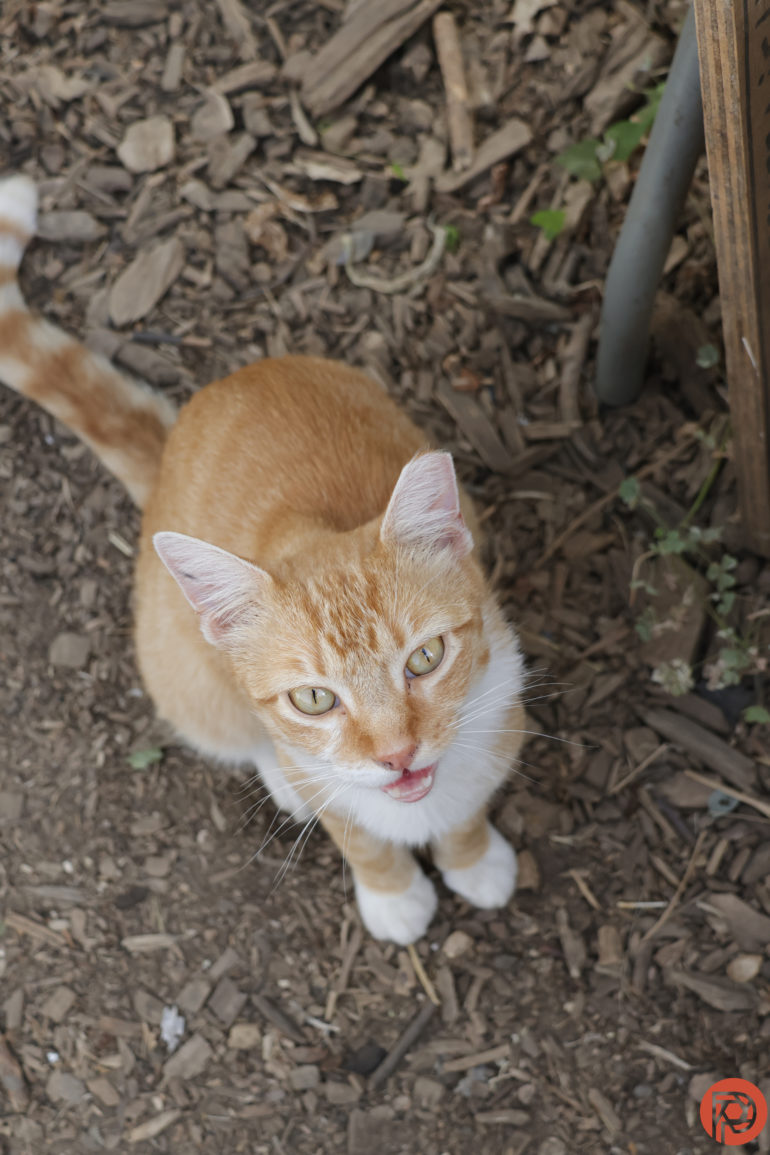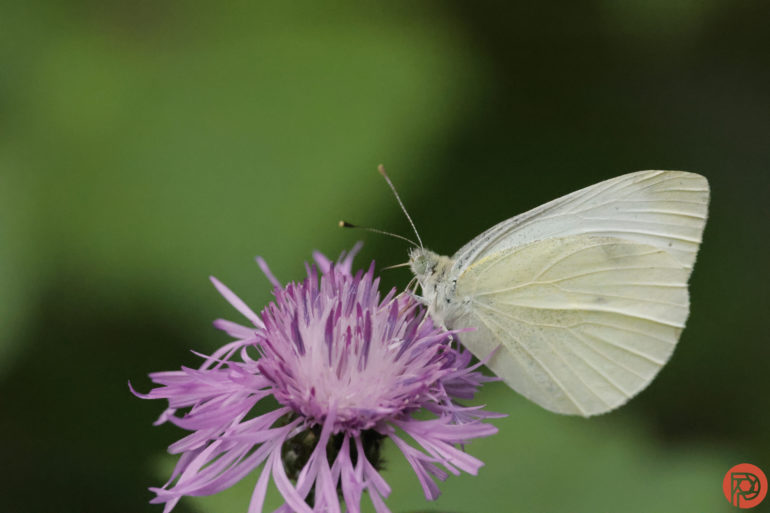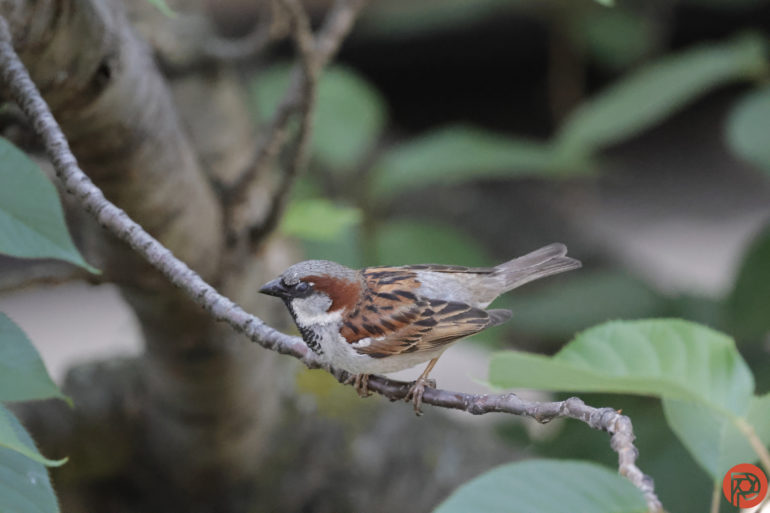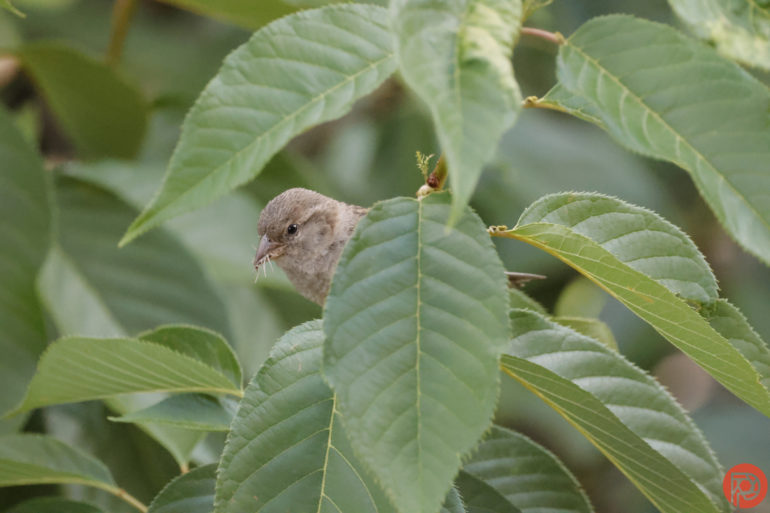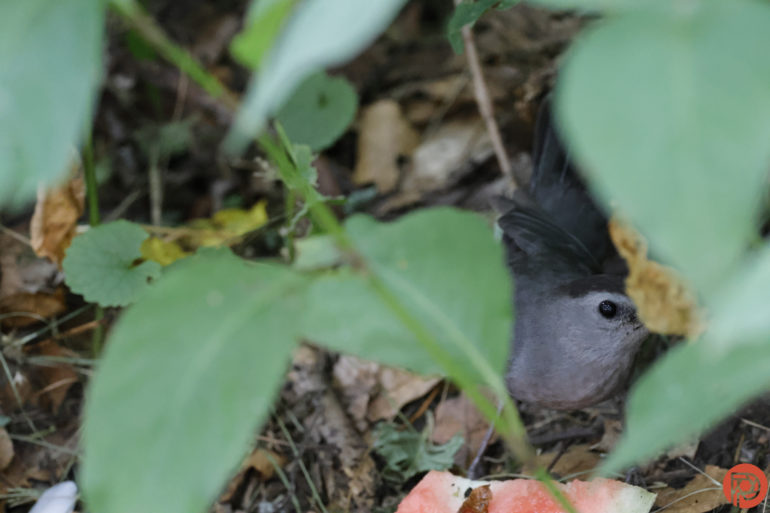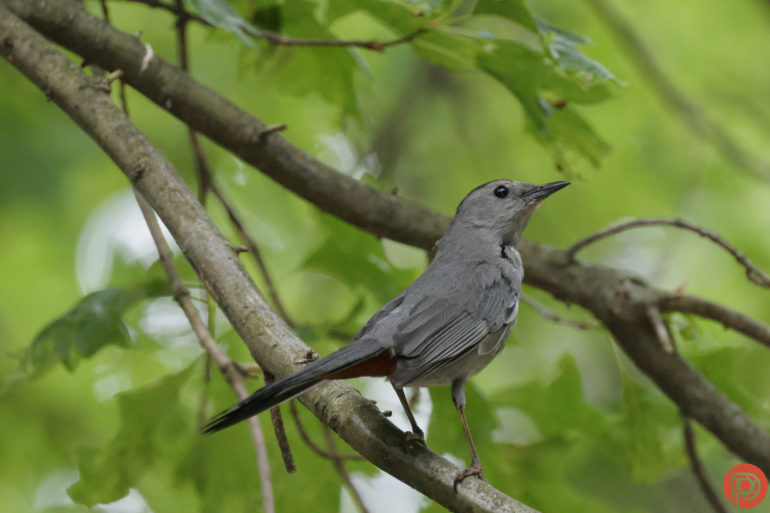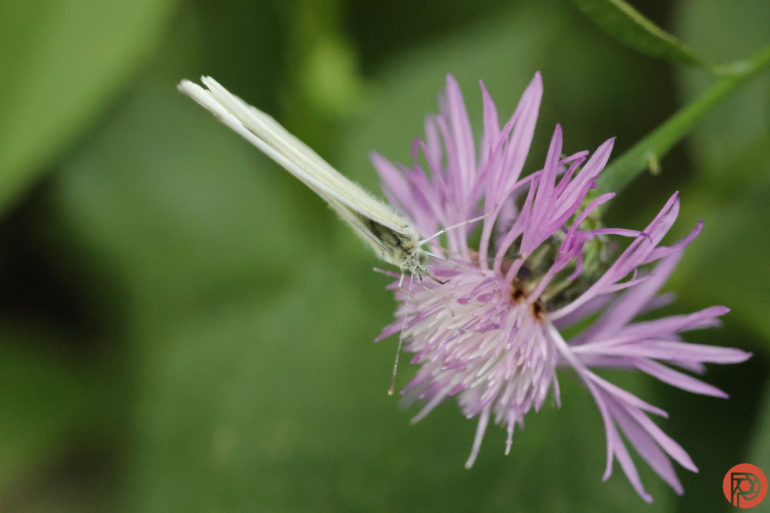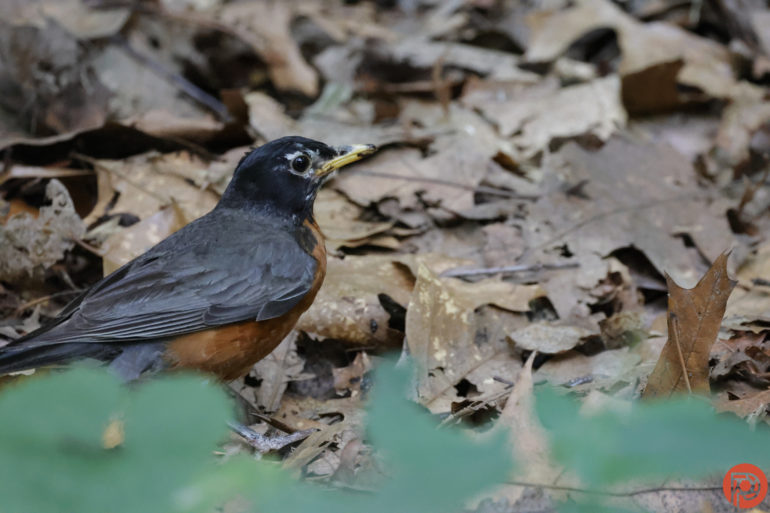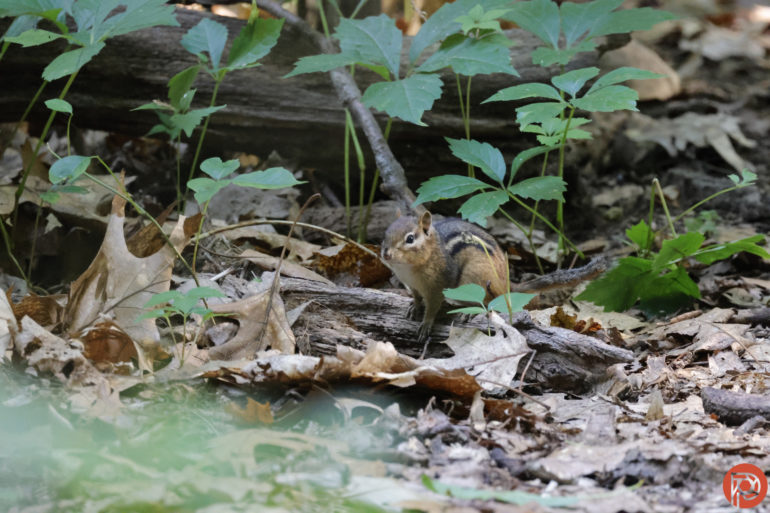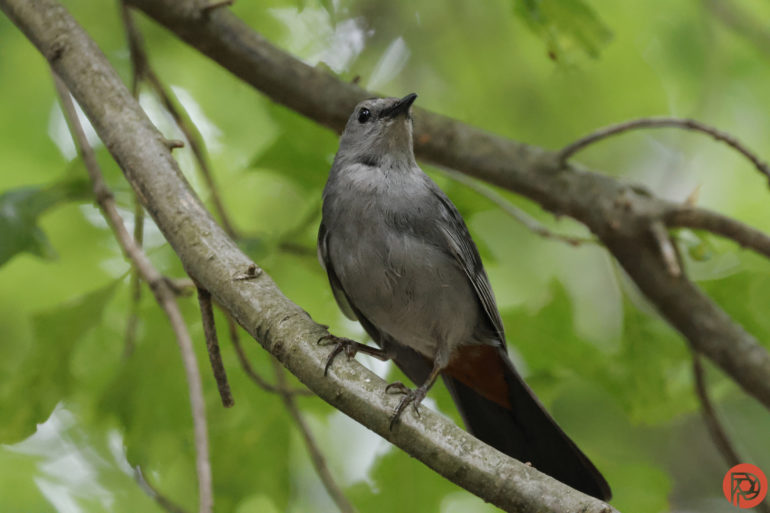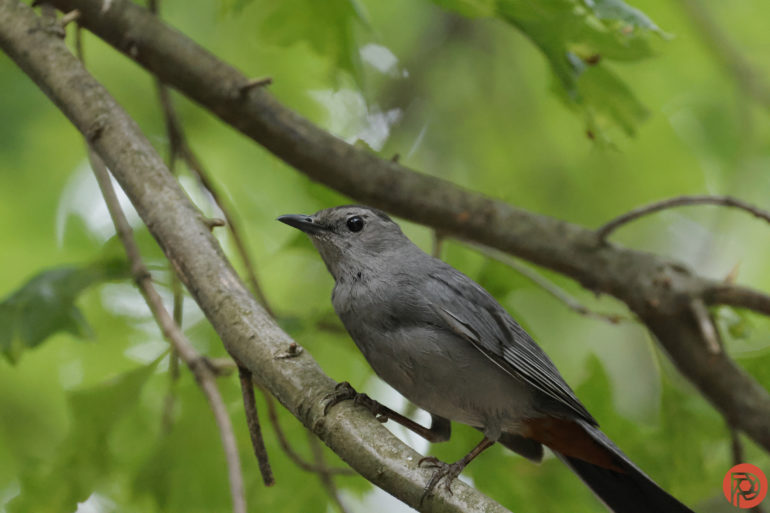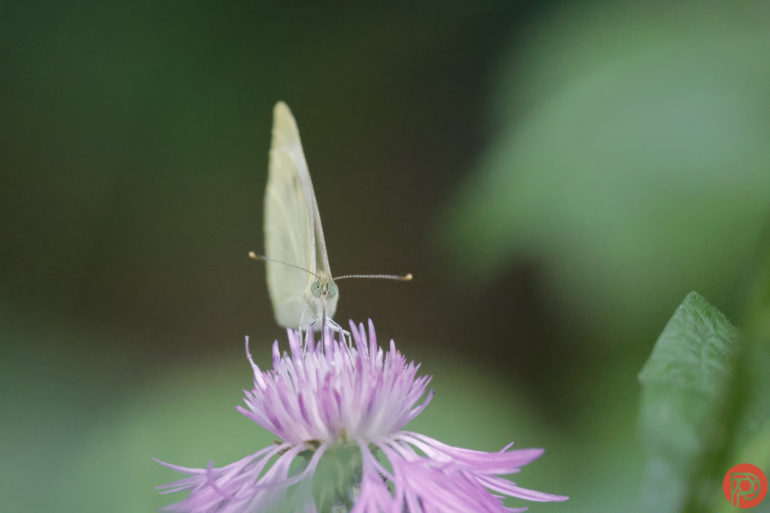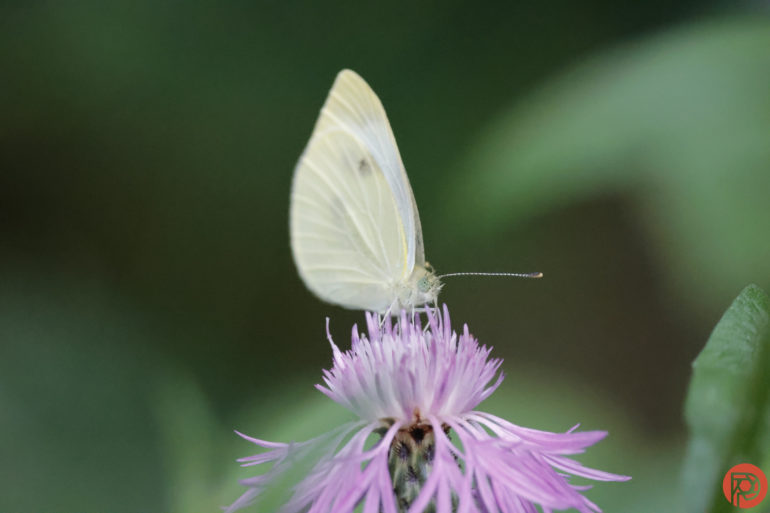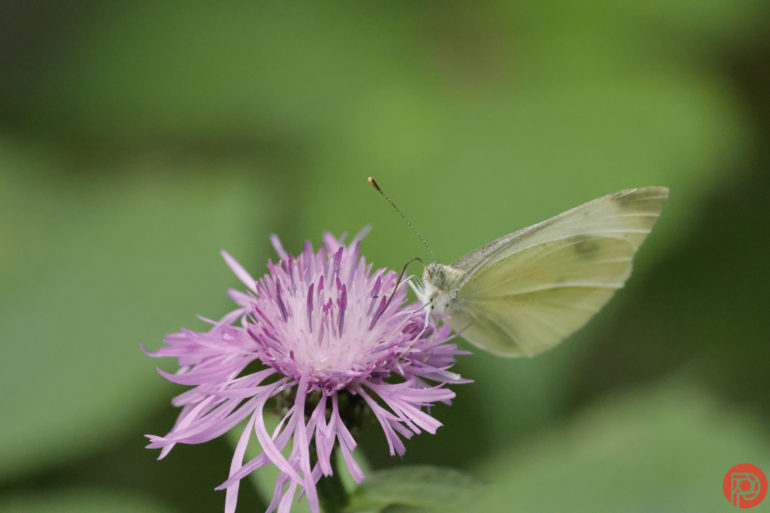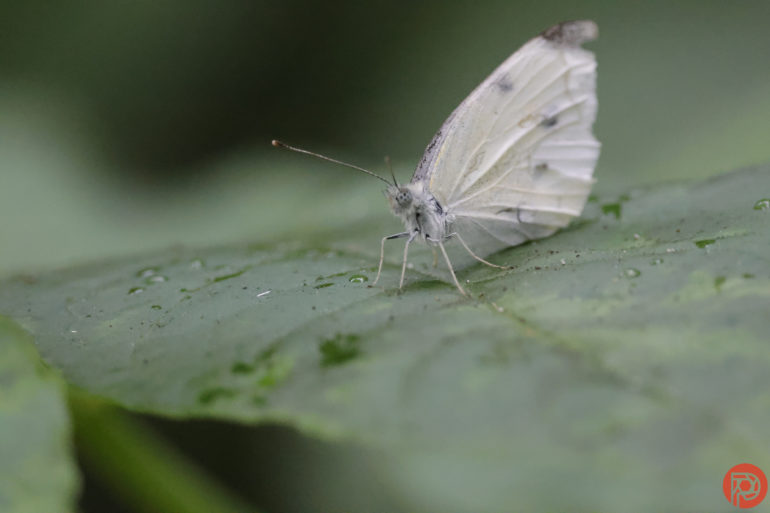Let me tell you, I’m blown away! You couldn’t get me to believe that Canon would make such a great APS-C camera for such a cheap price. Bird photographers, wildlife photographers, sports photographers and more are bound to really like it. What’s more, if you shoot Canon RF cameras in the full-frame segment, you’re bound to want this as it’s very capable. We tested the Canon EOS R7 for a while, and here’s what we think.
Important Editor’s Note: Some of the photos in this review were taken on an all expenses paid press trip with Canon. The Phoblographer’s Editors are trained to resist temptations of overly positive coverage. With that said, when we say the Canon EOS R7 is this good, we truly mean it.
Subscribers get some sweet perks and are automatically entered into contests!. Download our app for iOS, iPad, and Android and get no banner ads for $24.99/year.
Table of Contents
The Big Picture
Editor’s Note: This review was updated in June 2023.
The Canon EOS R7 is an fantastic camera. Canon took the autofocus of the EOS R3 and packed it into a camera with an APS-C sensor. This is perhaps the thing worth talking about the most as it more or less outperforms the EOS R5 and EOS R6. With that said, the EOS R3 is a fantastic companion to those cameras as well as the original EOS R. As the spiritual successor to the Canon 7D series, the EOS R7 performs very well across the board. The changes to the ergonomics will be welcoming to new customers, and possibly divisive amongst the Canon loyalists. The build quality is outstanding when paired with equally weather-resistant lenses. And the image quality is a fascinating thing to talk about. The high ISO output is exceptionally clean for a camera like this. In some cases, it even outdoes the Canon EOS R, a full-frame sensor camera.
Of course, it’s not all perfect. The Canon EOS R7 could benefit from a truly blackout-free shutter outside of the electronic shutter mode. It could also do more to get rid of some of the rolling shutter we saw, which wasn’t pronounced but still visible. The IBIS also doesn’t detect that you’re putting the camera on a tripod automatically.
The Canon EOS R7 also has pretty good high ISO output for what it is: a 33MP APS-C camera. It’s more versatile than what Fujifilm offers with the XH2. And while I don’t think the output looks as good in low-light with Fuji’s film simulations, Canon objectively still makes better lenses that help with that. However, the high ISO output of the Canon EOS R7 is more for sports and wildlife-related subject matter. With that in mind, I think that the high ISO output from the Canon EOS R7 is beating what Fujifilm does with the XH2s and XH2.
Objectively speaking, this is the best APS-C mirrorless camera on the market; but it still has problems. That’s more of a comment on the photo industry as a whole though more than what Canon delivered at an insanely good price point.
Perhaps my biggest problem with the Canon EOS R7 doesn’t have to do with the camera itself. Instead, it has to do with the lens ecosystem. Canon’s non-L glass isn’t worthy of being on this camera. The 100-400mm made me roll my eyes at how it performed while on the press trip. Canon needs to do more with its lower-end lenses and also deliver weather-resistance on those too.
In my mind, I can hear Canon’s reps saying, “But the price of only $1,499, Chris.” And they’re right. However, I have no sympathy for billion dollar companies that offer barely any wiggle room to retailers. And you shouldn’t either. Canon can do more with this camera and I hope they do via firmware updates.
The Canon EOS R7 receives four out of five stars. Want one? Check them out at Adorama, Amazon or on Lensrentals to find the best deals.
Pros
- Compact
- Fantastic image quality
- Great autofocus
- Weather resistance
- Dual card slots
- Canon’s menus – deeper and pretty simple to navigate, and nowhere near the jungle Sony makes you venture into to find El Dorado
- Incredibly lightweight
- Insanely affordable
- Great high ISO output
- I like the dual back dial and joystick.
- Absolutely phenomenal autofocus when it comes to birds
- ISO 12,800 is incredibly usable.
- WITH A BIRD SHROUDED BY LEAVES, 4/19 PHOTOS WEREN’T IN FOCUS. That’s a great hit rate!
- 500mm at 1/160th still gave me usable results because the image stabilization is so good with this camera and the 100-500mm.
- Exposure preview enabled with focus tracking in low light is very accurate.
- Fastest mechanical shutter almost is like black out free viewfinder
- Canon lets you update the firmware via the app.
Cons
- IBIS doesn’t automatically detect that you’re on a tripod.
- Randomly finds an object and tries to constantly latch onto it at times
- I wish Canon offered more affordable lenses worthy of this camera.
- The ISO button is in an awkward spot.
- I had an odd issue using the Canon Control Ring Adapter and the Irix 150mm f2.8 macro lens. It wouldn’t recognize the lens’s aperture. When I tried to make a photograph, it kept the shutter open. I had to pull the battery to get it to stop.
- I wish it had a blackout-free viewfinder in mechanical shutter mode for all settings.
- Electronic shutter can really be affected by a rolling shutter issue.
- Canon Connect doesn’t let you see the star rating of images within the app.
- Exposure preview really slows down performance with scene recognition, especially in low light. Otherwise, it’s fine.
- Scene recognition isn’t as great for some wildlife in low light.
- Canon’s vehicle technology looks at the shape of a vehicle and whether or not it has wheels. Therefore it isn’t great at tracking trains.
Gear Used
The Canon EOS R7 we tested was a loaner unit provided by Canon. We tested it with the:
- 18-150mm kit lens (provided by Canon for loan)
- Canon RF 100-500mm f4.5-7.1 L IS USM (provided by Canon for loan)
- Canon RF 24-105mm f4 L IS USM (provided by Canon for loan)
- Canon RF 50mm f1.2 L USM (my own purchase)
- Profoto B10 (my own purchase)
- Elinchrom One (provided to us by Elinchrom for keeps)
- Nissin MG80 Pro (provided to us by Nissin for keeps)
- Samyang 85mm f1.4 RF (provided by Samyang for keeps)
Most of you will also be very interested in our comparison against the Canon EOS R5 and the Canon EOS R we did.
Innovations
The Canon EOS R7 isn’t particularly innovative except for the fact that, as of July 2022, it’s the highest megapixel APS-C camera we’ve tested on the market. Moreover, it’s also weather-resistant and one of the first Canon RF-S cameras available. But compared to the rest of the photo market, it’s priced aggressively and brings with it the capabilities of its bigger brother, the EOS R3. In some ways, it bests the EOS R5, EOS R6, and the EOS R.
Ergonomics
This was taken from our first impressions report.
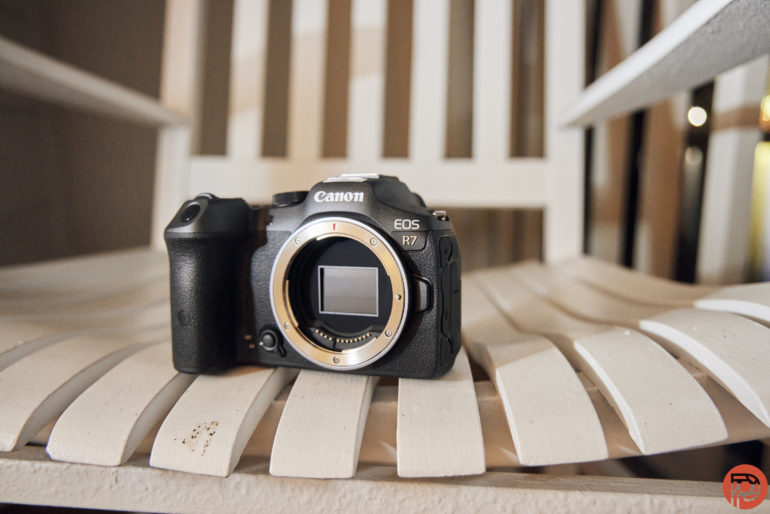
The Canon EOS R7 is arguably the flagship of Canon’s APS-C camera line at the moment. Like its full-frame siblings, the shutter can come down to protect the sensor. It also sports the RF mount, which means it accepts RF lenses without an adapter. What’s really lovely is that all the new Canon RF-S lenses can mount onto the full-frame bodies, which will automatically crop as needed.
It’s worth noticing that the AF/MF switch was moved to the bottom of the camera’s front section near the grip.
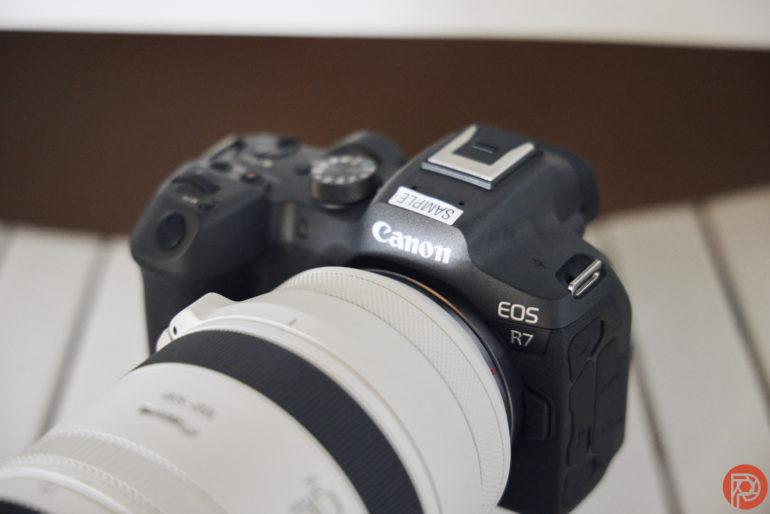
The EOS R7 doesn’t have a built-in flash for triggering speed lights via infrared control.
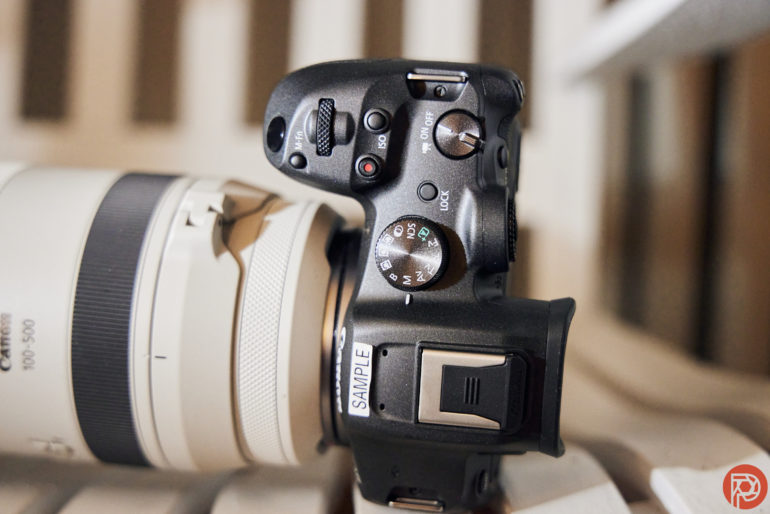
On top of the camera are the main controls. Canon has a dedicated ISO button, a video record button, dials, the M-Fn button, mode dial, lock (which I never used), and the on/off/video switch.
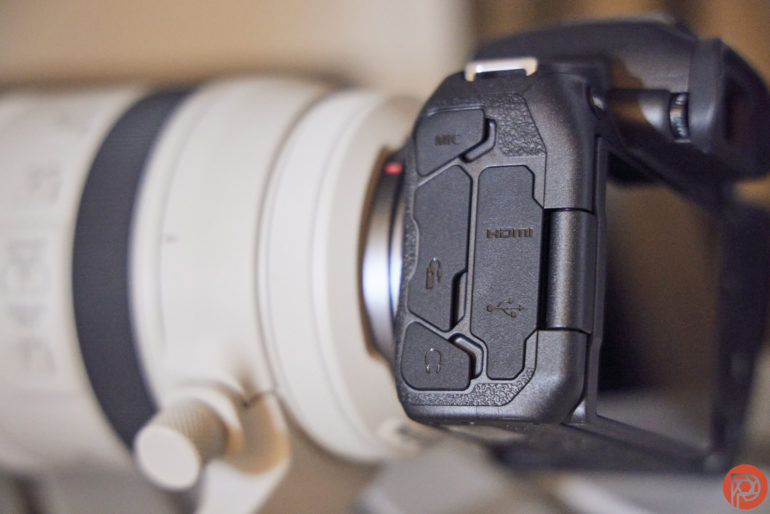
On the side are Canon’s ports. There are a lot of them. And the Canon R7 has USB-C charging, which is very important.
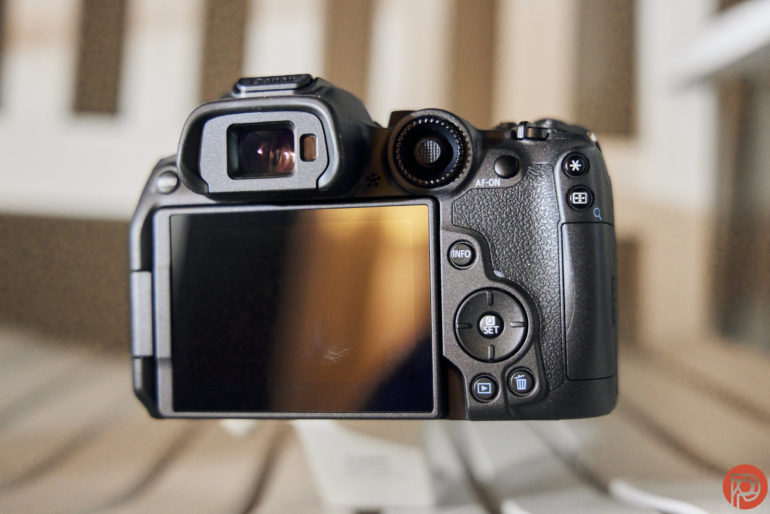
On the back is where you’ll see some significant changes. There is a menu button on the top left. On the right side are massive differences from a few previous cameras. You’ll find a D-pad, info button, and more. But the most significant change is the joystick and back dial, which are more or less stacked.
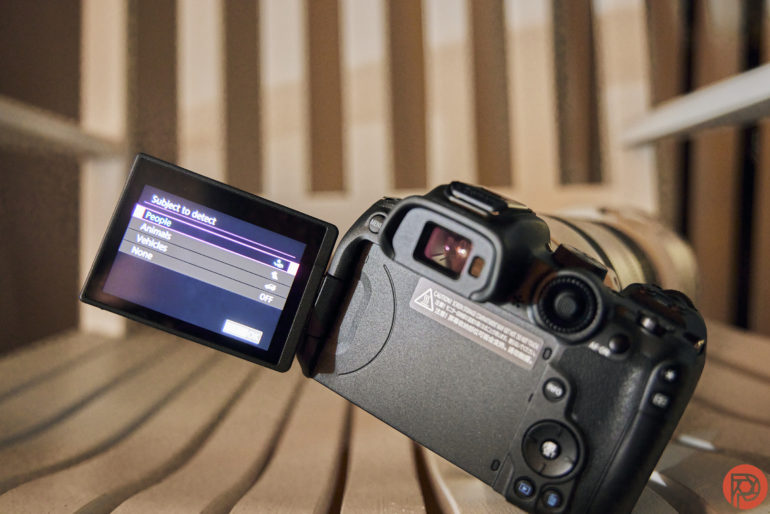
And, of course, the touchscreen is tilt-swivel.
Build Quality
Well, if the photo above doesn’t tell you anything about the build quality of the Canon EOS R7, then I’m not sure what will. Of course, I’d only use it in the rain or any harsh conditions when a weather-resistant lens is attached. And with Canon, that means only L glass. Beyond this, I also subjected the camera to a fair amount of dirt. When photographing the kickball game, I had this and two other cameras by me. As long as I turned the camera off, the sensor cover would protect the eye of the camera. With that said, I never got a dirty sensor when using the Canon EOS R7.
In the hand, the camera feels very durable. One of the biggest changes has to do with the dial around the joystick. This is a big move for Canon. And if anything, I wish they made the controls more like the EOS R5 and EOS R6. Instead, a lot of the controls and buttons are moved around. However, I wouldn’t be mad if the EOS R5 Mk II had a similar layout.
Like the Canon EOS R and the EOS R5, the R7’s body is lightweight. But once you attach Canon’s best L lenses, it becomes a much heavier package.
Ease of Use
A few things might be jarring to Canon users:
- The new control dial being around the joystick solves a big problem of needing to reach for the traditionally placed Canon rear dial where the D-pad is now.
- The menu is deep, but neatly organized. Still, there are a few things Reviews Editor Hillary and I both wonder about.
- If you’re coming from the EOS R5, EOS R, EOS R6, or the EOS RP, this camera will be quite a bit to handle. There’s a lot more in the ways of autofocus here that makes things complicated but manageable. For example, eye and scene detection autofocus can be applied to every single autofocus type. This is a lot more Sony-like and makes the EOS R5 and EOS R6 feel a bit antiquated.
If you’re brand new to photography, I wouldn’t make this your first camera. This is a whole lot of camera for the price point, but it’s also one of the most insanely capable cameras I’ve tested in years.
Something else worth talking about doesn’t necessarily have to do with Canon. The Samyang 85mm f1.4 RF: I felt the autofocus performance just wasn’t there. And when using the EF to RF control ring adapter, I tried using my IRIX 150mm f2.8 lens. It couldn’t recognize the aperture settings on it at all. That’s annoying and it reminds me of what Canon used to do years ago when they wouldn’t work with third parties. I really hope this changes as Sony has shown the world how to do it. Know that if you own 3rd party lenses, you’re probably going to have some sort of issues with these and Canon’s latest cameras.
Update August 2022
Here are the details from Canon’s recent firmware update
Firmware Version 1.1.0 incorporates the following enhancement:
- Supports Cloud RAW image processing.*
It is necessary to purchase a subscription plan for Cloud RAW image processing from Canon. The service will start on July 25.
*Please note that before the firmware is updated, images added using the [Add images to process] option cannot be processed, so please use the [Check/remove selected images] option to cancel image processing.
Please use the [Add images to process] option again only after having updated the firmware to Version 1.1.0.
If the camera’s firmware is already Version 1.1.0, it is not necessary to update the firmware.
There isn’t really any large update here to be honest. Cloud RAW image processing is something that I truly don’t think most photographers would use. What I’m hoping instead is that Canon probably does something to the camera that lessens rolling shutter’s effects on images. The lack of a truly blackout-free viewfinder is pretty awful if you’re photographing fast-moving subjects.
Update December 2022
According to Canon, Firmware 1.2 adds the following:
Firmware Version 1.2.0 incorporates the following fixes and enhancements:
- The [User Def.] on [Picture Style] can now be selected in the Cloud Raw image processing settings.
- Fixes an issue that, in rare instances, displays an Error Code 70 when the camera is capturing small subjects.
- Fixes minor issues.
Firmware Version 1.2.0 is for cameras with firmware up to Version 1.1.0. If the camera’s firmware is already Version 1.2.0, it is not necessary to update the firmware.
We haven’t really used or found a major use for Canon’s RAW image processing in the cloud. But we acknowledge that it’s probably a very useful tool. However, we also think that Adobe and Capture One do a great job at doing the exact same thing. And for most photographers, we’re not sure that they’d stray away from their current workflow.
We also haven’t experienced the error code 70 either.
What I’m noticing, however, is that the autofocus of finding and focusing on birds has become faster for sure. But otherwise, nothing really else seems to have changed at all.
With the Canon EOS R6 Mk II, a photographer can have quicker access to things like selecting with scene recognition setting they want. And overall, I still haven’t seen or been able to figure that out on the Canon EOS R7. That’s to say that I know how to do it, but doing it faster is still not possible — at least not as fast as the Canon EOS R6 Mk II. I truly wish that Canon brought that to the Canon EOS R7 because it’s the perfect camera for just that need.
Update March 2023
Canon recently updated the Canon EOS R7 with new firmware that includes the following:
Firmware Version 1.3.0 incorporates the following fixes and enhancements:
- Adds support for Speedlite EL-5.*
*The autoflash function of the AF-assist beam is not supported. - Adds support for the RF-S55-210mm F5-7.1 IS STM.
- Fixes minor issues.
Firmware Version 1.3.0 is for cameras with firmware up to Version 1.2.0. If the camera’s firmware is already Version 1.3.0, it is not necessary to update the firmware.
Unfortunately, the Canon EOS R7 isn’t getting any of the updates that newer cameras got like being able to quickly set and wire the scene detection to a button. I’ve looked through the menus and tried over and over. But I can’t find it. Yet the Canon EOS R8, a newer camera, has it. The Canon EOS R6 II also has it.
This is a really odd way of thinking about updating their cameras. But more than that, so much is starting to change. While their standard menus are very similar between cameras like the EOS R5, R6 II, R7, and R8, there are things that have changed with how you interact with the camera. For example, Canon doesn’t let you wire whatever setting you want to the M-Fn button. You can only wire certain things to that one as opposed to other buttons like the front buttons, or any of the back buttons.
At this point, I think that Canon should let us wire whatever setting we want to whatever button we wish. Sony, Leica, Fujifilm, and other brands all do this. Many times, it might make me not want to pick up a Canon camera instead of another brand’s.
Canon has already started to leave a sour taste in my mouth not only with not providing a whole lot of support for their cameras and users, but they charge a lot of money. On top of that, they’re becoming more and more plagued with ethical issues. Some of these we’ve reported on in the past. They’re starting to make the decision to move to Sony much easier, especially when that company is really working to help visually impaired photographers.
Ease of USe Update June 2023
Firmware 1.31 for the Canon EOS R7 brings the following changes:
- Improves the stability of the touch operation control when the [Touch control] is set to [Sensitive].
I rarely ever use the touchscreen, but I’ve had to use it at times to get the camera to focus effectively on a subject when trying to track something very specific, like an athlete. However, I’ve never encountered stability issues when doing this. And when photographing subjects like birds, it’s often simple enough for me to switch subjects depending on the focusing type that I’m using.
It’s nice that Canon did this. However, I truly wish that they delivered more such as the feature around autofocusing on horses specifically that the Canon EOS R6 II received.
Despite our wanting even more from this camera, even we have to admit that the price point and the capabilities are very good already. The only thing holding it back is the pricey L-series lenses. In our tests, these help you take the fullest advantage of what the camera is capable of doing.
Focusing
In all the standard autofocusing modes, the Canon EOS R7 is really exceptional. In my tests, I noticed an increase in performance speed and accuracy using L lenses. This is the case even for adapted lenses too. Here are some overall notes below.
Best way to use the autofocus is:
- The AF-on to tracking
- M-fn to change the focusing points
- Screen to quickly switch AI focusing types
- + button to servo and single
- Use selective areas with tracking set to AF-on
Here’s a sequence of someone running towards the camera. As you can see, they’re kept well in focus:
Beyond that, I did multiple tests with tracking many times for people, vehicles, and animals/birds. Some of that can be found compared to the Canon EOS R and Canon EOS R5 in this post here. But overall, here are some other notes.
- Autofocus tracking with scene detection in low light isn’t all that great. We tried it with the 100-500mm f4.5-7.1, then with the 24-105mm f4, then the 50mm f1.2. We also threw on the Samyang 85mm f1.4 just for fun. The 85mm f1.4 doesn’t work very well when tracking or even when getting a subject’s eyes behind glasses. The 50mm f1.2 isn’t great at tracking moving subjects shallower than f2. The 24-105mm f4 does an alright job, but not fantastic. When scene detection is turned off, it’s a different story. Things perform much better.
- Autofocus in good lighting makes the Canon EOS R7 work near flawlessly. It even holds focus on people when it loses track of the subject.
- The autofocus story changes for Canon lenses in good, bright lighting outdoors. The Samyang lens is still unreliable. I’m not surprised by this.
- Exposure preview in low light really degrades autofocus when scene detection is enabled. But if you take off scene detection, it works just fine.
- Vehicle detection works very well. I used it while dragging the shutter, and it worked perfectly fine. Canon likes to say that it’s designed for sports cars and such, but I’ve used it for buses and stuff. At $1,499 we can’t expect everyone to use the Canon EOS R7 to photograph motorcross all the time.
Here’s a sequence with my buddy’s dog running in low light at the camera. As you can see, it can’t fully track the beast and when it gets very close, it’s game over.
Overall, the Canon EOS R7 has to be one of the best APS-C cameras I’ve tested when it comes to autofocus. And again, the lower-end lenses are what’s holding it back.
Metering
The Phoblographer’s metering tests conform to Sunny 16. So when I pointed the Canon EOS R7 out my window and compared the metering to what my Leica M6 said, I wasn’t surprised to see they were similar. If anything, the Canon EOS R7 can be off by 1/3rd of a stop in either direction of the light meter.
Image Quality
The image quality of the Canon EOS R7 is surprisingly good. I say this because I remember being unimpressed when testing the Canon 7D Mk II. But many years have passed and this is a brand new sensor from Canon. It’s not a BSI sensor, so it could’ve surely been better. However, it’s insanely capable for an APS-C sensor, let alone a 1.6x crop sensor. When I showed photos at ISO 12,800 to friends who have been shooting longer than I have, they were floored by the results.
JPEG Output
The JPEG output from the Canon EOS R7 is very good. Honestly, it’s so good that if you know what you’re doing and you’re dialed in to the right settings, you don’t need to bother shooting in RAW. That’s especially true for sports photos. Add in some clarity and choose a special camera profile if you want some extra glimmer and sparkle from your JPEGs. Honestly, no one will care that you’re not shooting in RAW. All they’ll care about is the final photo.
Know how I know this? Because I did it throughout this entire review while showing people who were both photo savvy and not. Everyone loved the photos.
RAW File Versatility
We’re going to update this when Capture One support comes out. I don’t like using Canon’s software, and you won’t either. And I don’t like converting them to DNGs in today’s day and age.
Update November 2022


The edited photo is on the left while the original is on the right. We edited the photo in Capture One 23 and found that pushing Canon’s raw files even at ISO 400 causes them to get a bit more crunchy and fall apart. This is throughout the range. So with that in mind, you should really use the Canon EOS R7 as if you’re shooting with slide film.
Throughout my 13 years of testing cameras, this has been the case for nearly every camera they’ve made since the Canon 5D Mk II.
The high ISO editing results aren’t all that much better, unfortunately. Remember, overall, to use the noise reduction slider.
High ISO Output
Our printer test will be done when Capture One supports the RAW files.
However, in JPEG and at the standard noise reduction, ISO 12,800 is insanely good. All the images here are JPEGs done in-camera at ISO 12,800. Like others, you’re bound to ask why you need to go to this setting. And that’s because when using the 100-500mm, the longest end’s widest aperture is f7.1. And in the low light of forests and trees, you need the faster shutter speeds combined with the image stabilization. IBIS and lens IS can stop camera shake, but it can’t stop the wind bouncing a bird up and down on a branch.
We talk about this more in this blog post, which we encourage you to check out.
Update November 2022
“Yup, there’s noise on this,” is what I said to myself after printing out a photo of a bird at ISO 6400 shot on the Canon EOS R7 from Capture One 23. In the right light and even at a standard viewing distance, a photographer is going to notice the grain. But anyone with an untrained eye will simply just sit there and look at how sharp the image is.
We printed the photo from our Canon Prograf 1000 printer using Canson Infinity paper. Our tests make us do an ISO 6400 image at 17×22. And believe me, this is a noisy image; but it’s also one of the most detailed I’ve seen. That means that if you’re going to do edits, then you know that you can nerf the noise a fair amount.
Extra Image Samples
From day one, The Phoblographer has been huge on transparency with our audience. Nothing from this review is sponsored. Further, lots of folks will post reviews and show lots of editing in the photos. The problem then becomes that anyone and everyone can do the same thing. They’re not showing what the lens can do. So we have a section in our Extra Image Samples area to show edited and unedited photos. From this, you can make a decision for yourself.
Unedited
All of the sample images we’re showing here are JPEGs straight from the camera.
Edited
Edited photos will be shown after RAW file support comes from Capture One.
Who Should Buy It?
The Canon EOS R7 is an excellent camera. So who should buy it?
- The Canon camera user that has a full-frame RF camera and wants to have better and more capable autofocus. Indeed, I’d gladly use this alongside my Canon EOS R.
- Wildlife and bird photographers: this has to be one of the most perfect cameras on the market for you at a budget.
- Sports photographers: See above statement.
- Photojournalists as a second body, not necessarily as a backup camera. Mind you, I don’t think this will make sense for weddings. The Canon EOS R5 and Canon EOS R6 do a fantastic job for that alongside the Canon EOS R3.
- Someone that left Canon cameras and wants to come back to seeing how great they can be.
Want one? Check them out at Adorama, Amazon or on Lensrentals to find the best deals. Also be sure to check out our guide to the best lenses for the Canon EOS R7.
Tech Specs
More can be found at the Lensrentals listing.
- Dust and moisture resistance equal to the 90D
- 32.5 MP APS-C sensor with a 1.6x crop
- 15 fps and 30 fps in electronic
- Autofocus is similar to the R3 but not the same since this isn’t a BSI sensor
- Dual SD cards
- IBIS up to 7 stops
- $1499 body only
- AF isn’t as fast because it isn’t a BSI sensor
- Digic X processor
- The sensor moves around a lot for IBIS
- The shutter comes down when powered off
- USB-C charging
- In-camera panoramic shot (jpeg)
- Depth compositing
- Panning mode in scene mode
- HDR backlight control
- It uses the same batteries as the EOS R, EOS R5, and EOS R6.
The Phoblographer may receive affiliate compensation for products purchased using links in this blog posted.


